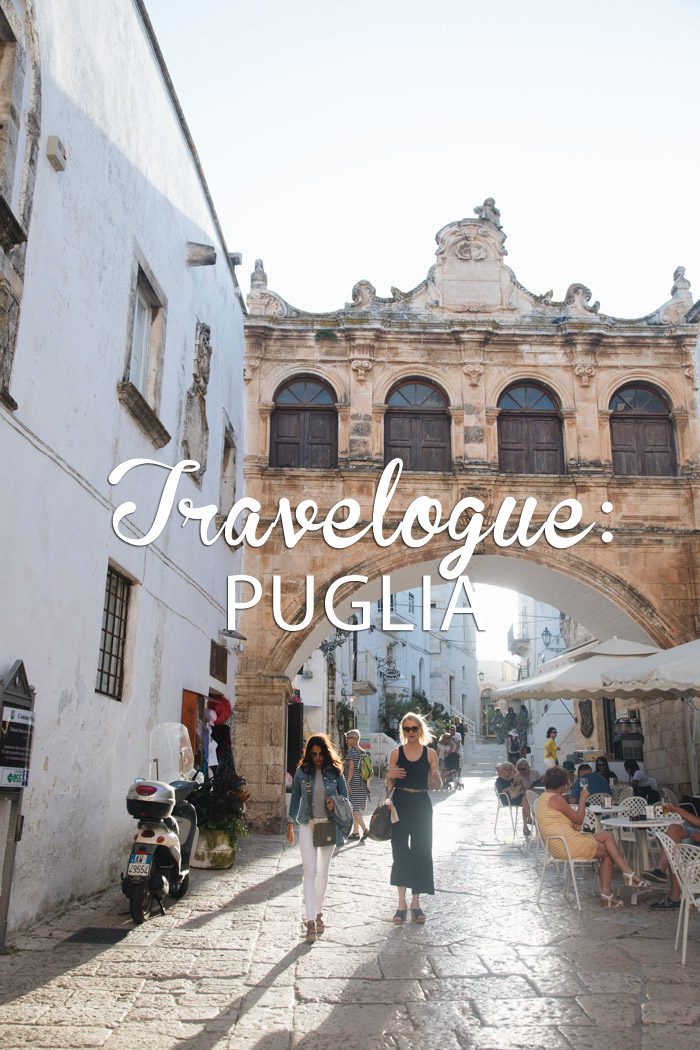
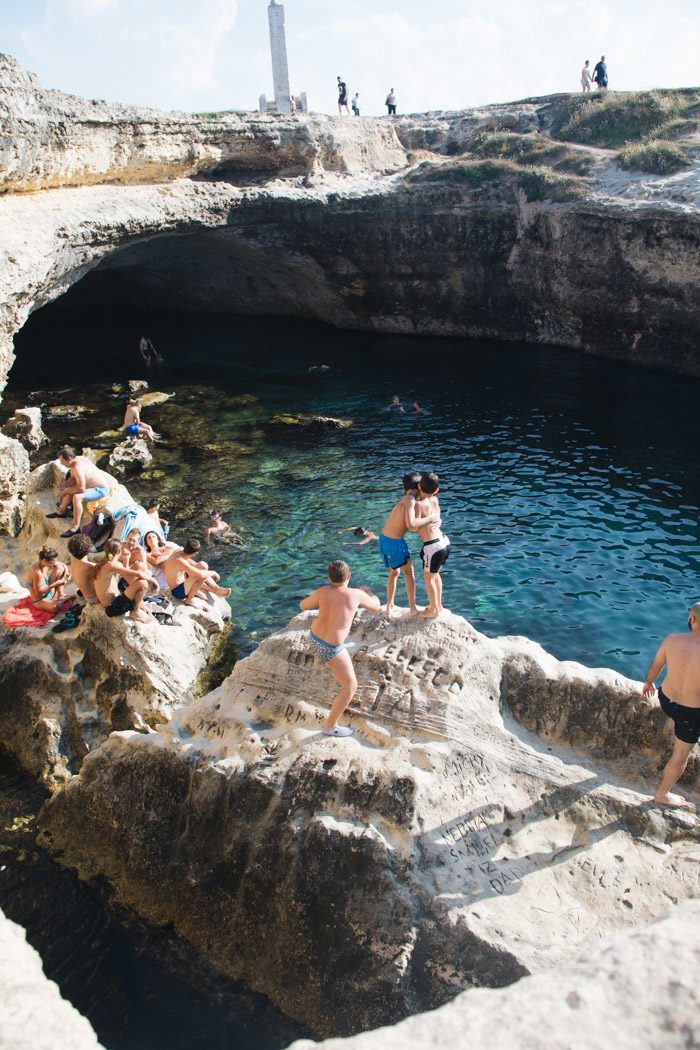
From Basilicata and the magical city of Matera, we drove south into Puglia—the “heel of the boot.” For the next ten days we would wind our way through olive groves and wheat fields, along azure blue coastline, and up narrow roads to gleaming white hill towns and baroque cathedrals.
We would stop in Alberobello on our way to Ostuni, where we would base ourselves for a few nights before pressing on to Lecce. Eventually we would make our way south to where the Adriatic meets the Ionian sea.
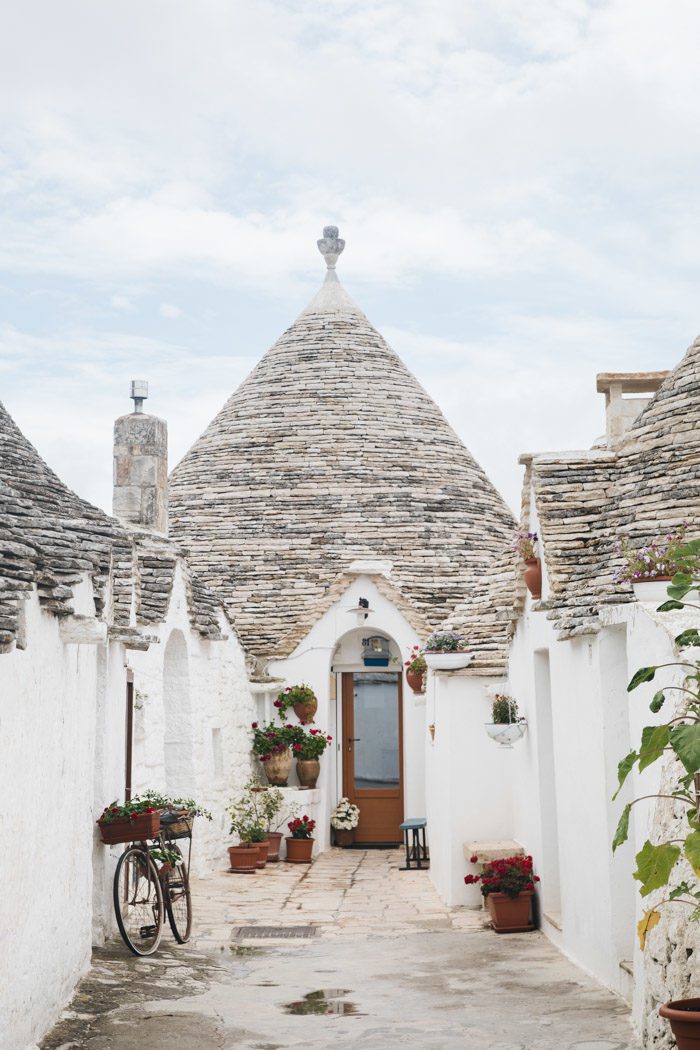
The Valle d’Itria, which stretches from Putignano in the north to Ostuni in the south, is perhaps the best-known part of Puglia, with its masserias (manor farms) and photo-famous seaside gems—like Polignano a Mare.
Its silver olive groves stretch as far as the eye can see (80% of the country’s olive oil comes from the south, in Puglia and Calabria), and are dotted with little conical-roofed stone structures, peculiar to the region, called trulli.
Our first stop, the small town of Alberobello has been made a UNESCO World Heritage site for its unusual districts of these trulli: “remarkable examples of drywall (mortarless) construction, a prehistoric building technique still in use in this region. The trulli are made of roughly worked limestone boulders collected from neighbouring fields. Characteristically, they feature pyramidal, domed or conical roofs built up of corbelled limestone slabs.”
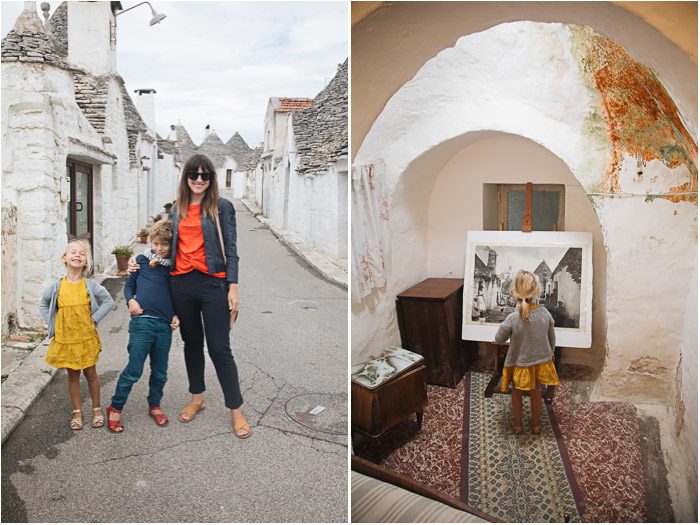
We’d seen photos of the trulli and had been intrigued, but the reviews all seemed to suggest that the town had become little more than an Instagram backdrop—crowded with daytrippers. Still, I made certain to include it in our itinerary, as a stop along the way from Matera to Ostuni, and I’m glad that I did. I would agree that a few hours felt sufficient for us, but those reviews underestimate Alberobello’s charm.
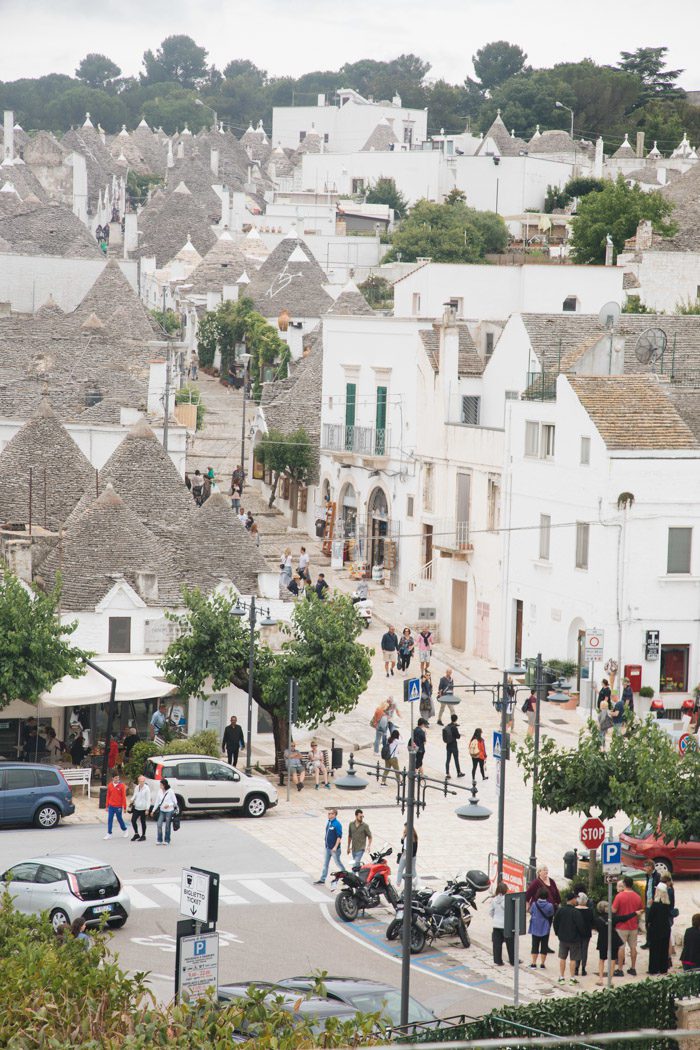
We decided to go off script a bit when building up some excitement for the kids: we told them to start looking for gnome houses as we came into the area. They loved it! Hudson was skeptical, as he should have been, but still not entirely certain whether or not gnomes really had built the pointed little stone homes. Skyler was completely invested in the idea that the real residents were hiding from us, perhaps having disappeared through tiny doors and behind shuttered windows. I don’t think it did any harm, and it certainly made the stop a bit more fun!
When we came into the town itself, we found parking at the base of one of the two hills, and walked through a more residential grouping of trulli called Aia Piccola. There were a couple open for us to peek into before we followed the steps up to Piazza del Popolo, where we could look down on the expansive mass that make up the the zona dei trulli on the westernmost of the town’s two hills (and the larger, more tourist-oriented center).

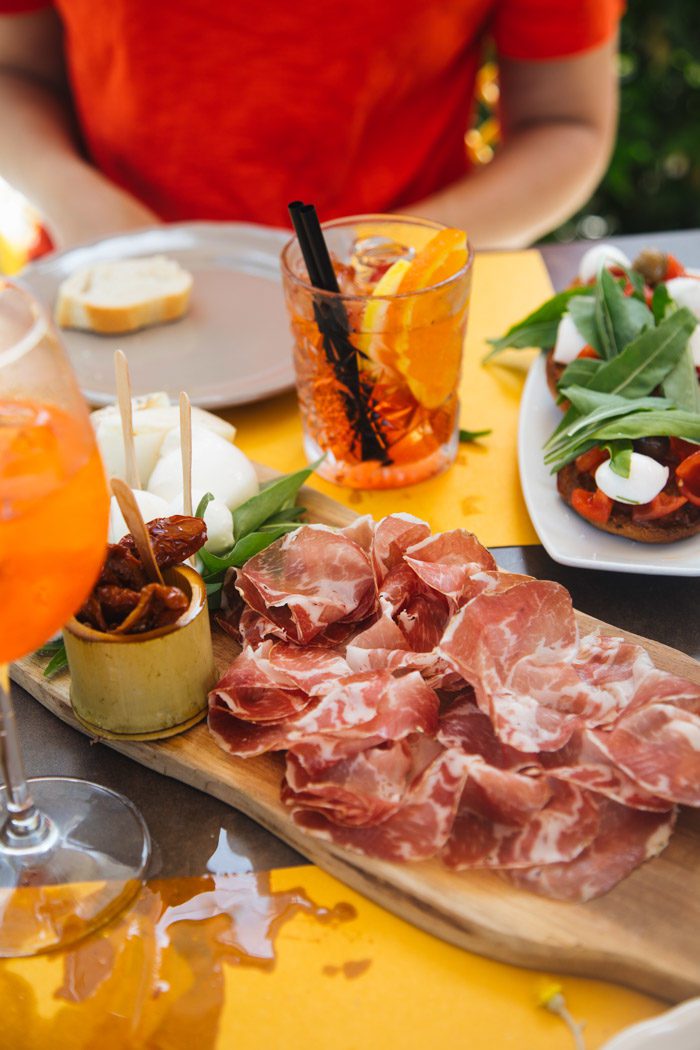
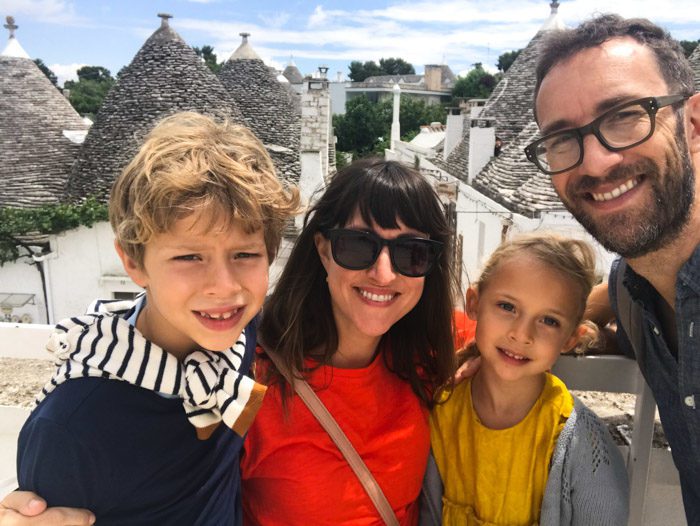
We chose a little bar along the main street, Largo Martellotta, for a quick meal, and ordered a large board of cheeses and salumi—as well as a plate of Friselle, crunchy, dry breads baked in a stone oven with a drop of olive oil. Friselle have been popular in Puglia for centuries—they can be stored for many months, then perked up with a bit of salt water, making them perfect for long journeys. Ours were well-covered in olive oil, fresh tomatoes, creamy burratina, and herbs. I think that lunch remains one of my favorite meals, probably in part for its inauspiciousness.
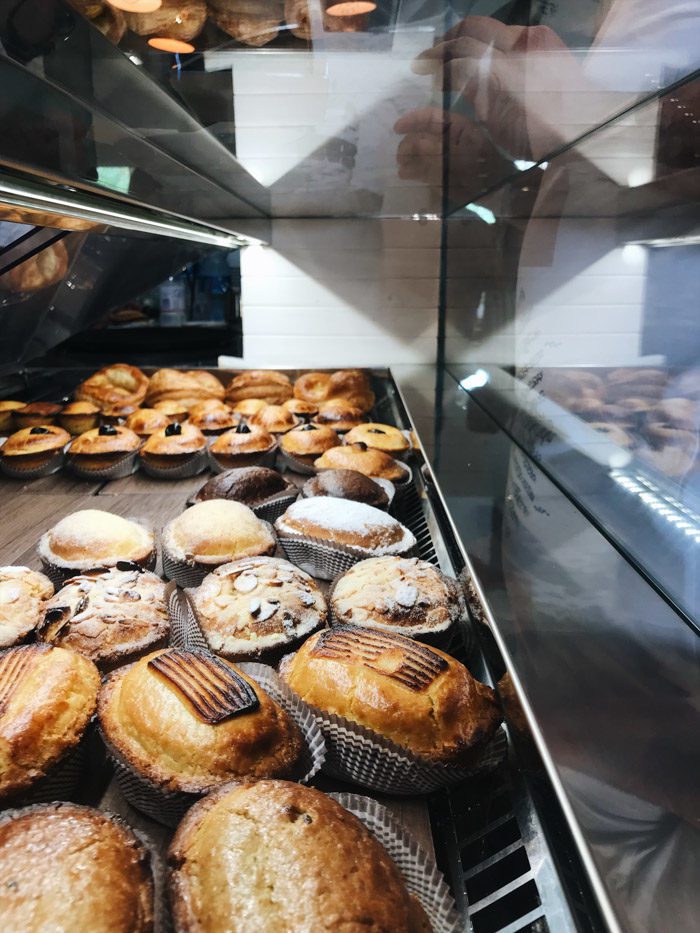
We also had my favorite bakery stop of the trip in Alberobello at Martinucci, a family pasticceri chain. We stopped for gelato, but the star was our first Pasticciotto, a fragrant shortbread pastry with custard inside that you will find all over Puglia (though few as good as these ones). The most traditional have black cherries, but we had one with apples and pistachio, still warm from the oven. Incredible!
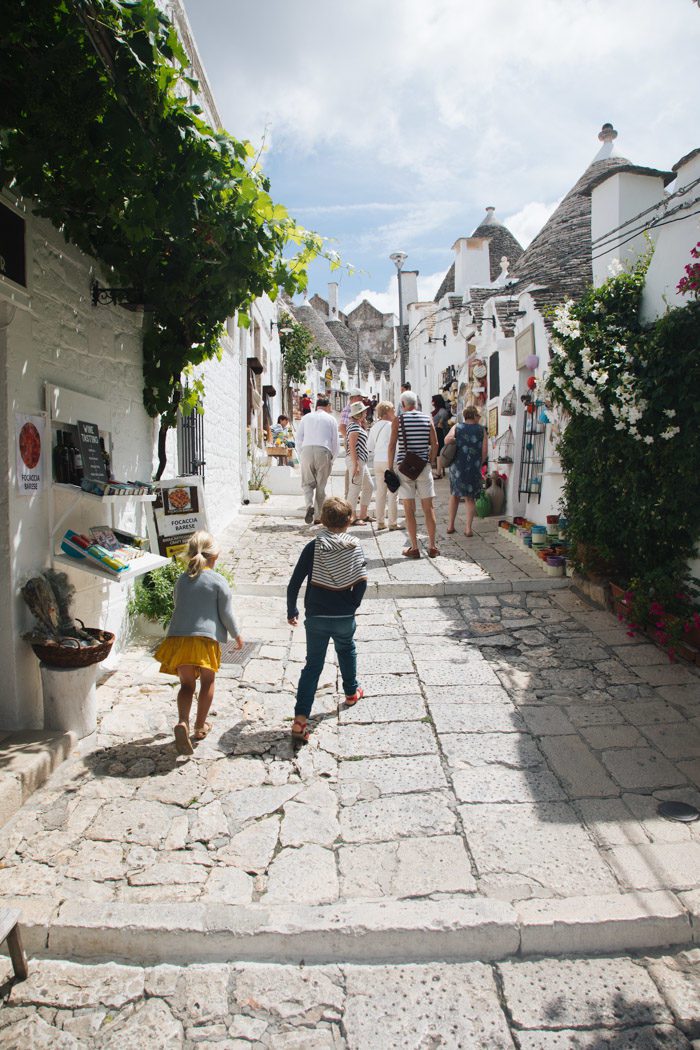
From there we wandered for a couple of hours, stopping into a few shops that also offered a bit of history or a good view, before driving on to Ostuni.

Ostuni, “La Città Bianca” (the white city), rises out of the Murgia Plateau like a beacon—you see it long before you arrive. White-washed houses wind around the hillside, with a magnificent Gothic cathedral sitting up top. Our Airbnb host had given us directions for driving very close to the apartment and dropping our bags before parking, but it became immediately apparent to us that this would be a white-knuckle endeavor. Instead, we parked our car at one of the pay lots near the base of the hill and negotiated a ride in one of the open-air “ape trucks” that gives tours through the narrow streets. It turned out to be a really fun way to approach the city—the kids absolutely loved it, grinning like puppy dogs with their heads out the window in the wind—and we felt 100% certain that we had made the right choice to avoid driving into the centro storico.
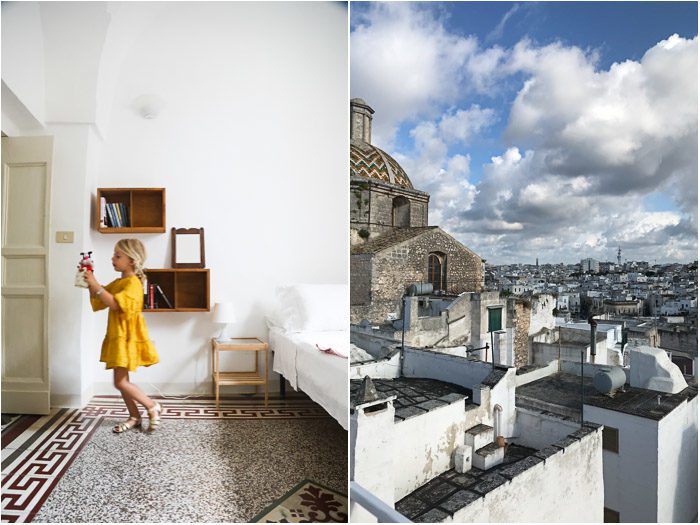
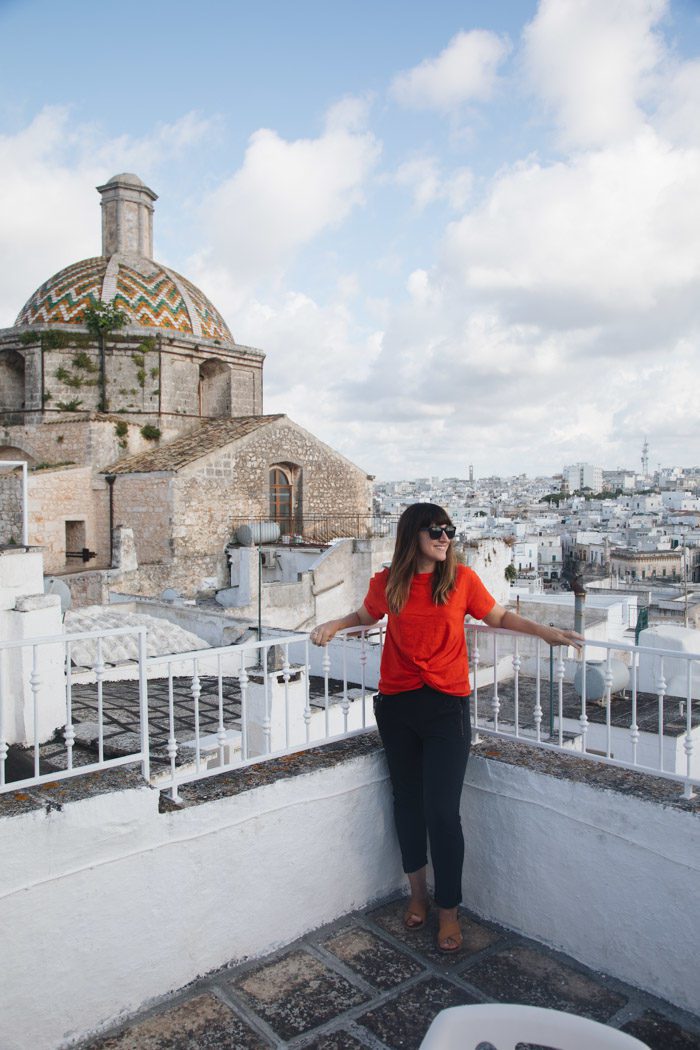

In the labyrinth of alleyways, staircases and arches, of houses built upon houses, we came to our apartment at the tip-top and met with the lovely owner who took us out onto a roofdeck that had a view of the entire city.

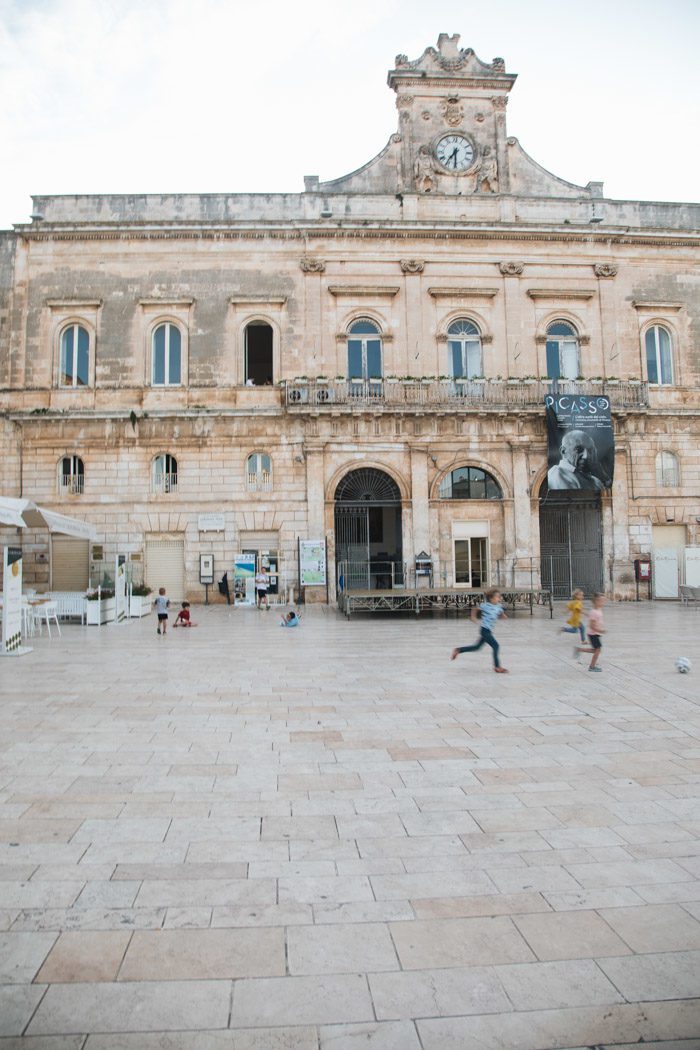
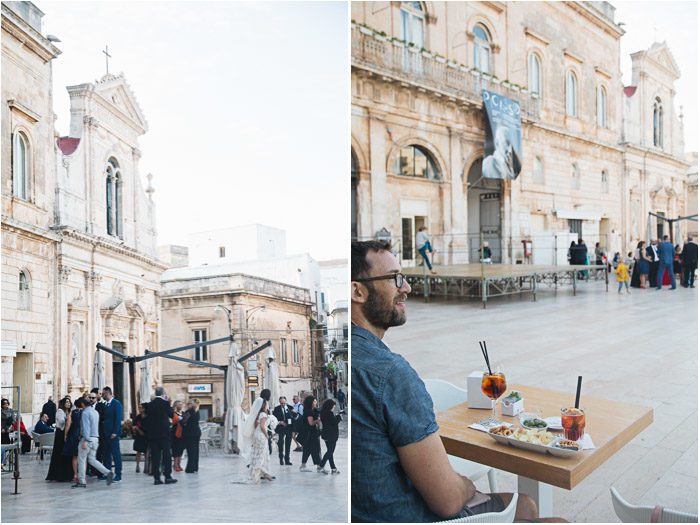
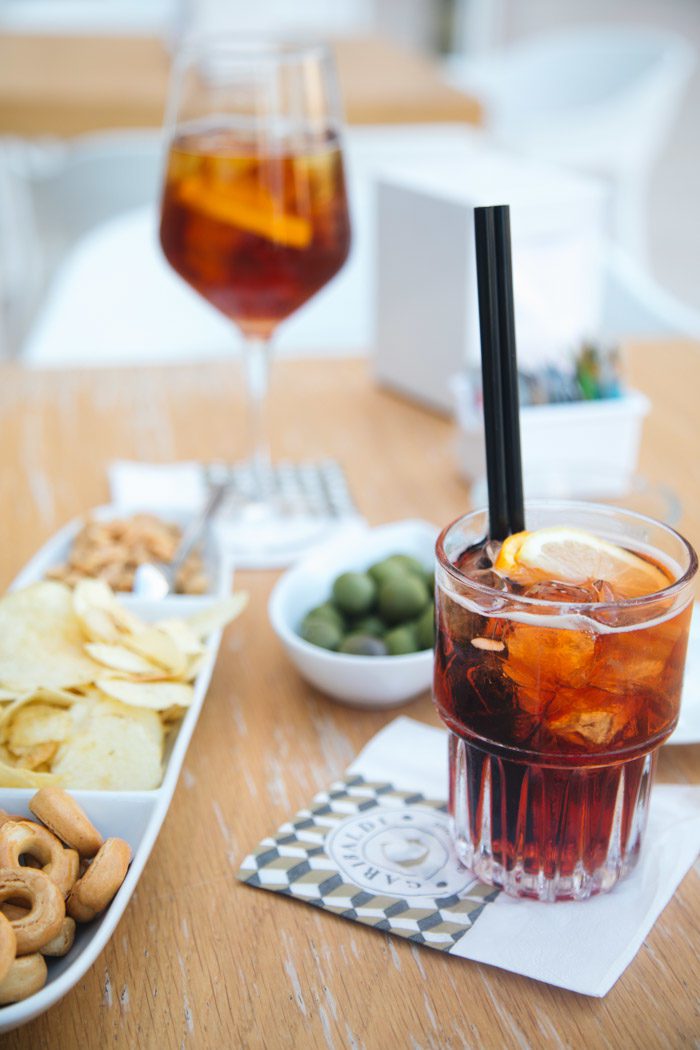
We went on a walk, past shops selling local olive oils and sandals (there were plenty of shops catering to tourists, but—as we found in most of the towns in Puglia—the tourists were primarily Italian tourists), and sat down in Piazza della Liberta at one of the restaurants for aperitivo hour. Hudson quickly found a pick-up soccer game and Skyler joined some of the youngest kids playing on a stage. There was a wedding, and guests were milling about—the people watching was good. In hindsight, we might have just ordered dinner there and stayed put. Instead, we set out to try and find an open table at one of the restaurants we’d been recommended.
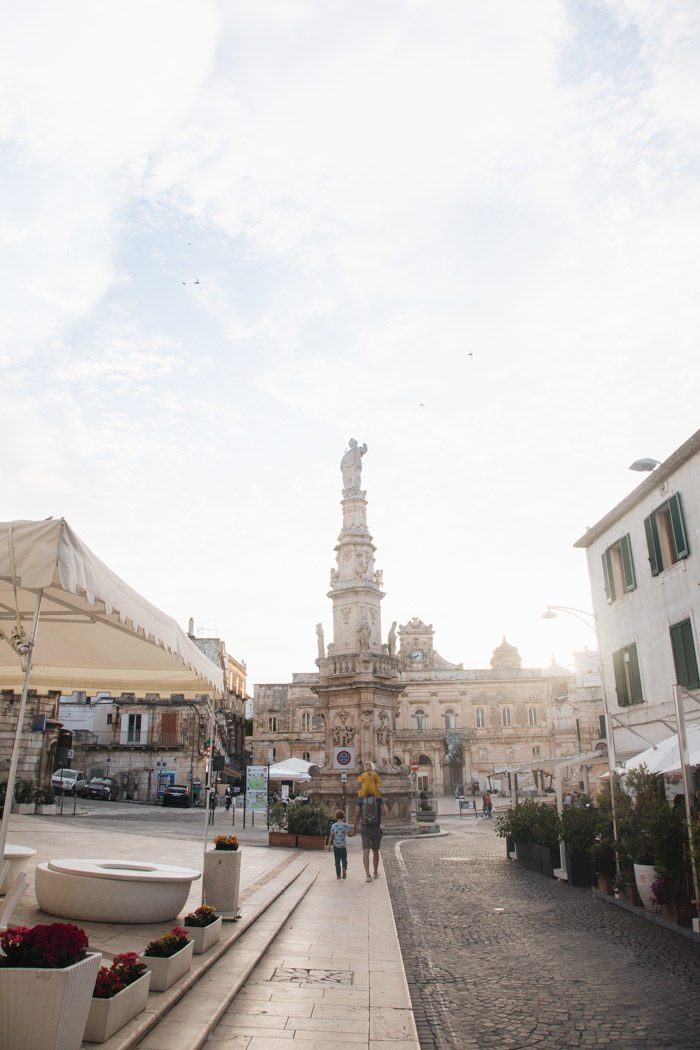
As I mentioned in the Rome travelogue, reservations are de rigeur in Italy, and you should make some in advance if you have your heart set on anything. On the other hand, you could probably sit down just about anywhere and not be disappointed by the food. We found ourselves in the latter camp that evening, lucky to snag one of the last open tables at an Osteria off Via Cattedrale.
Everyone will tell you that the region’s cuisine is based on Cucina Povera (“cooking of the poor”), pasta made without eggs and and plenty of fresh, local produce—like chickpeas, homegrown herbs and spices, olives and olive oil, tomatoes, and, of course, fresh seafood. In other words, there’s nothing poor about it.
Most of our meals included at least one portion of Orecchiette (small ear-shaped pasta) and many included the toothy noodles, cavatelli.
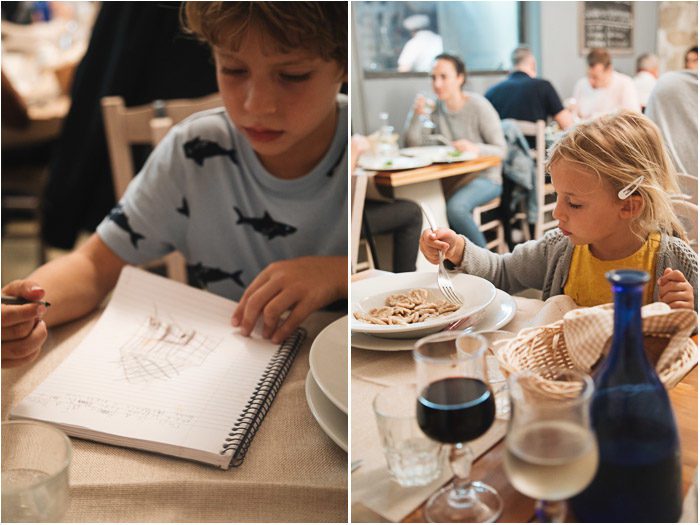
I hesitate to complain about the time and pace of meals in Italy, for fear of sounding like a cliché American, but geez… sometimes those meals were just really, really long when you’re sitting with two kids. This one stands out. I recall, around 10:30pm, after everyone had eaten dinner, drawn in their journals, and we’d tried repeatedly to make eye contact for a check to no avail, I finally sent the kids and Aron back to the room without me. I waited by myself at least another 30 minutes, in a room of maybe 12 tables at most, before the eye contact was made. The thing is, this was not atypical. It was, for us, the biggest challenge of the trip: eating out each night, starting so late, and knowing that you might be sitting down for over two (three!) hours every time. One wants to honor local customs, but I’d have been more game if it were just Aron and I eating.
Some spots it was suggested we try around town: Coffee and More (sandwiches, mezze-style plates, veggie and healthy options, with outdoor seating); Borgo Antico Bistro (delicious sharing plates, great cocktails and beautiful views); Pizzeria Notti Bianche (great pizzas); Osteria del Tempo Perso (upscale); and Al Solito Posto (we couldn’t get a reservation, but we tried!)

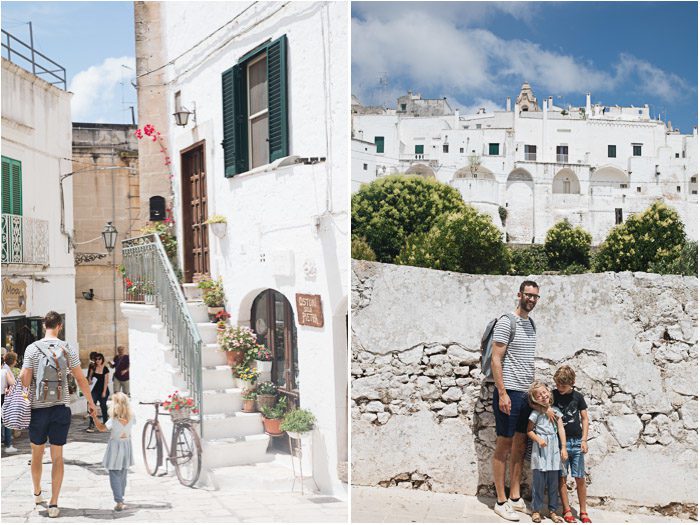
The next morning, figuring we needed to move our car in the pay lot anyway, we set off early to explore.
Ostuni and the farms in the surrounding countryside make a wonderful base for visiting the entire Valle d’Itria as well as the upper Ionian and Adriatic coasts.
I’d done extensive research into many of the local Masserias when we were considering where to stay. It had been my hope that part of our time might be spent at a working olive grove. If you are lucky enough to find yourself in the area, I’ve heard its a not-to-miss experience; unfortunately, we waited a bit too long to book and none of the ones that we were excited about were either available or affordable. I’d heard wonderful things about beautiful Borgo Egnazia, but it was nearly $1000Euro/night for a family of four (without meals). It was the most expensive, but many of the others I found were at least $400/night. I’d be curious, for those who stayed at Masseria with kids, which they’d recommend—and which don’t break the bank. And I’d recommend, if you’re planning a stay—book early!
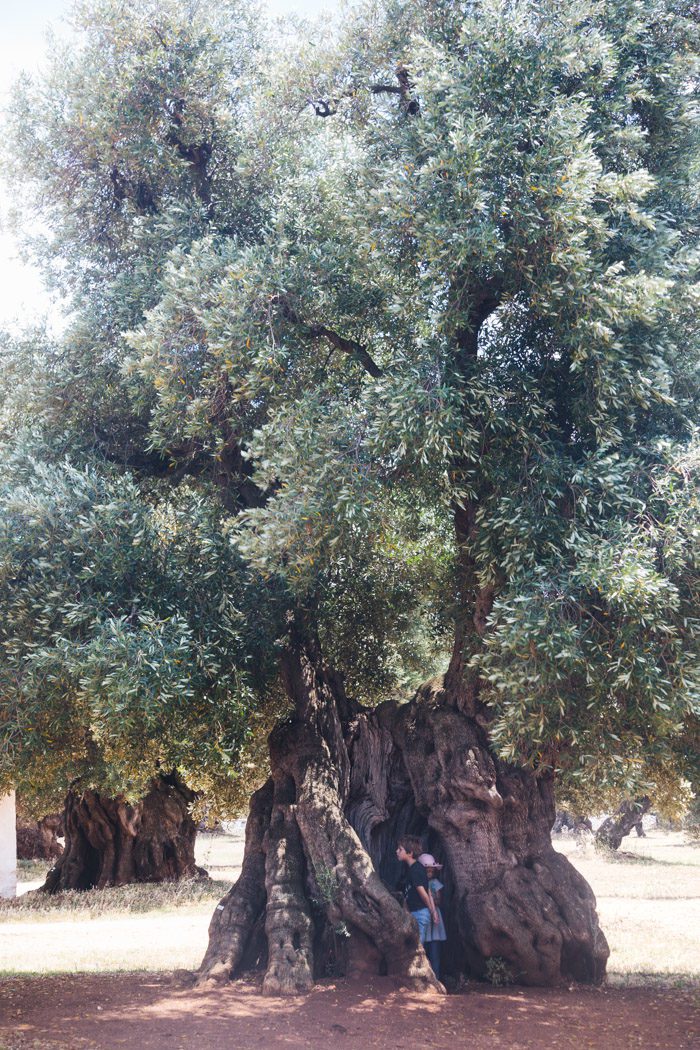

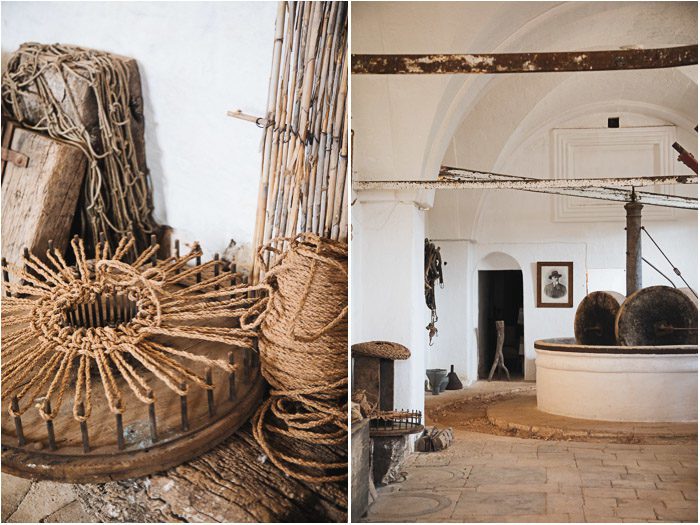
Instead, we started our day by visiting one—Antica Masseria Brancati (which happens to be just off the road to the beaches). The Brancati family arrived from Venice in the 15th century, but the farm can be traced back to the Roman period. Today they have a b&b and offer tours of the property, including a visit to an ancient underground olive press.
We wandered into their small agricultural museum briefly and then opted for just a tasting; it was blind, which Hudson sweetly took to mean he should cover his eyes.
It was wonderfully spicy (Puglian Olive Oil is known for being green and peppery) and we were happy to bring some home, but the real delight was being up close to those ancient trees. Over eight hundred of their olive trees are over a thousand years old, with the oldest being two thousand years old! It was mind-blowing to see them! There’s a more extensive write up, here.
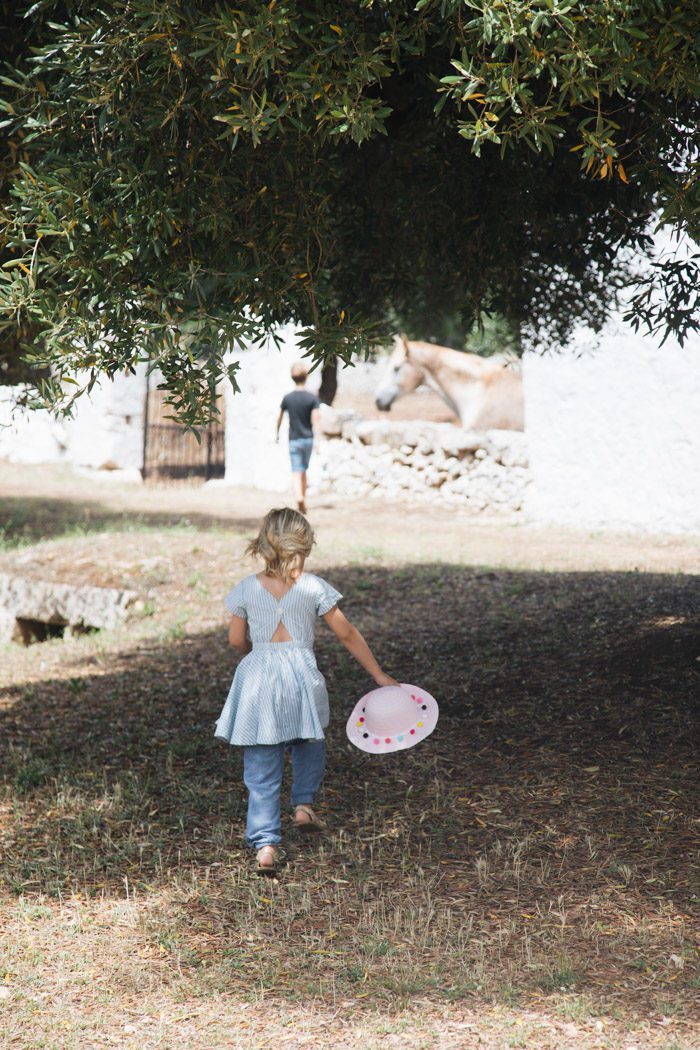
Other masserias I’d heard would make for a wonderful visit:
Masseria Il Frantoio, with multi-course menus to tempt visitors; Masseria Torre Coccaro, and Masseria Moroseta.
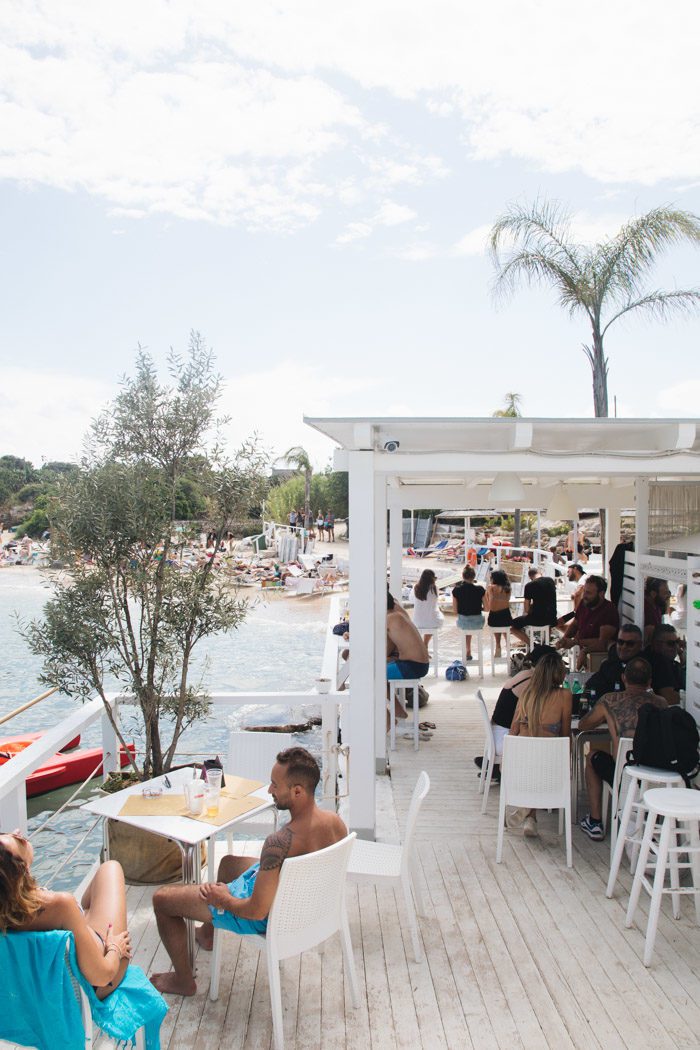

One of the ways we’d find beaches in Puglia was to do a simple Google Maps search of the coast and look at shared Google Images. Oftentimes we’d follow this up using Instagram geo tags, choosing the one that looked the best. Many of the beach clubs or Lidos along this stretch of coast are wide, sandy beaches with rows and rows of umbrellas, but we were hoping to find a smaller cove, more protected from the wind. We landed on Porto Ghiacciolo Beach, just south of Monopoli, for its interesting backdrop and beach bar facilities.
We would be visiting nearby Polignano a Mare later, or perhaps we would have considered going there.

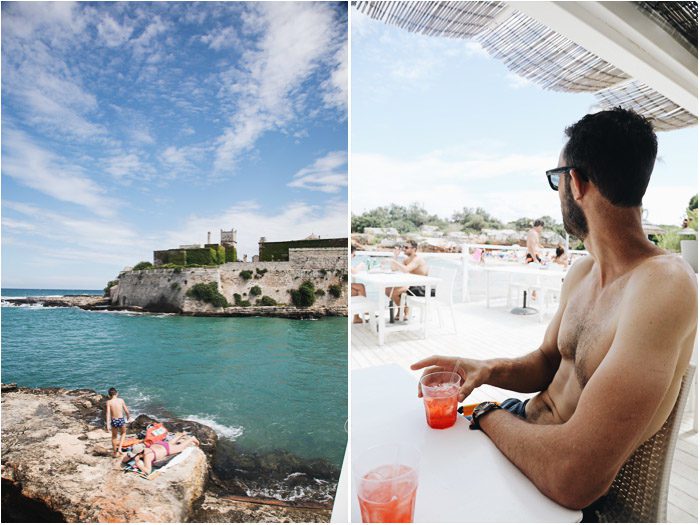
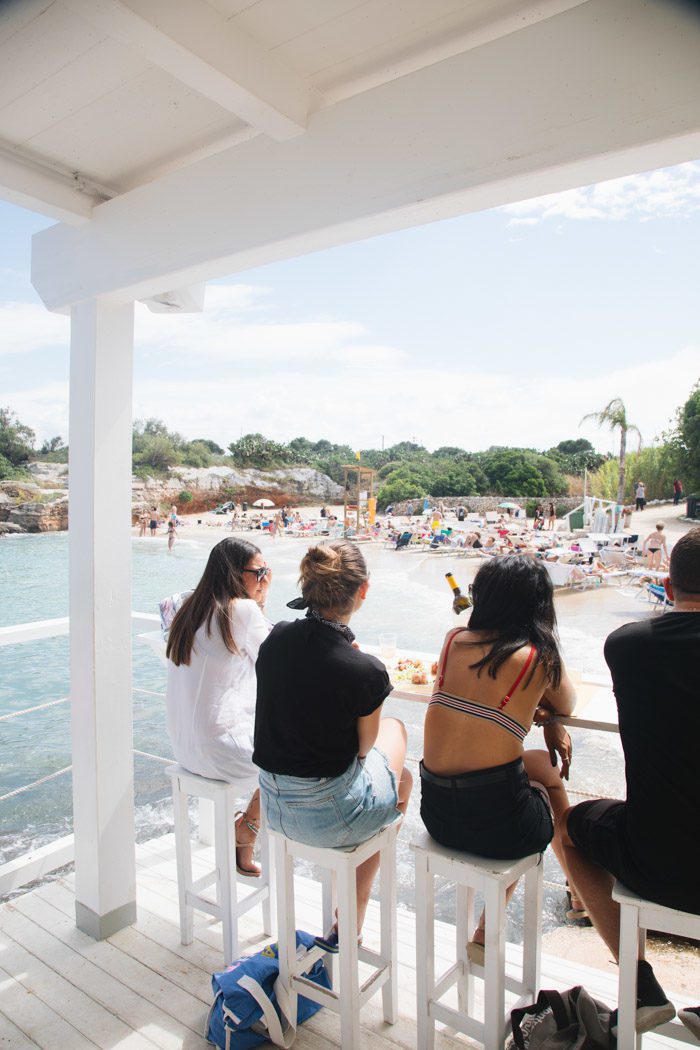

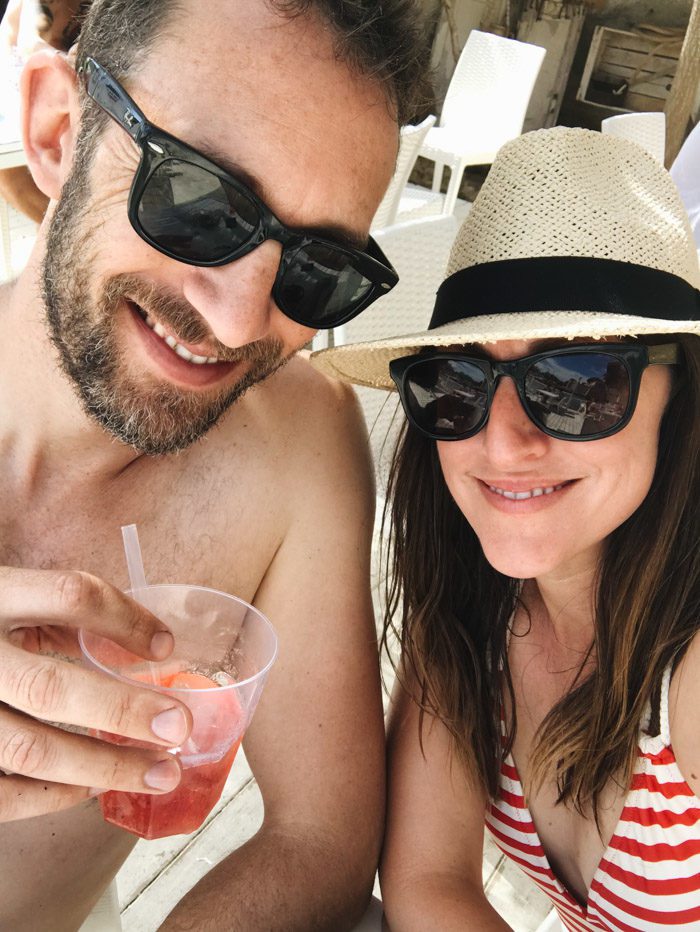
It was perfect—simple plates of pasta with seafood and Campari sodas on the deck while the kids played in the sand and, for Hudson and Skyler, other kids to play with and snails to look for among the rocks. We’d been having a great time, but few things beat the ease of a beach day on vacation.
Unfortunately, I realized later that I’d left my bathingsuit in one of the changing cabins at the beach. We drove back later to look, to no avail (although it’s likely no one is wearing it as I was the only one is a one-piece anywhere), and I happened to notice the different (much more lively) scene on a Sunday. The beaches all definitely got more crowded on the weekends and I would imagine would be even more full in peak summer months, like August.
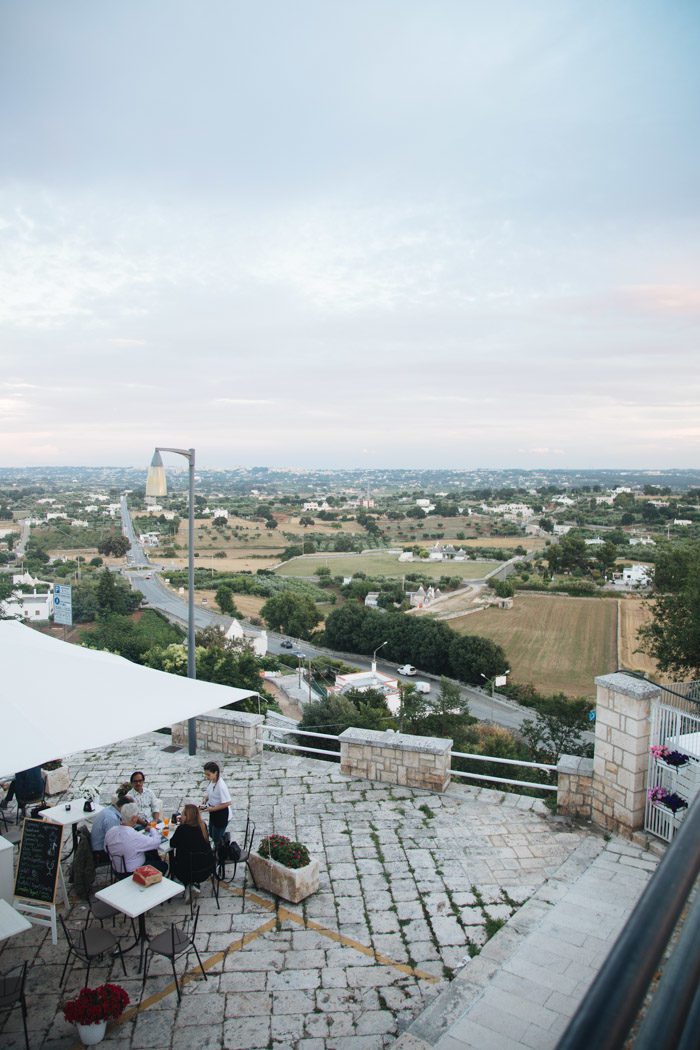
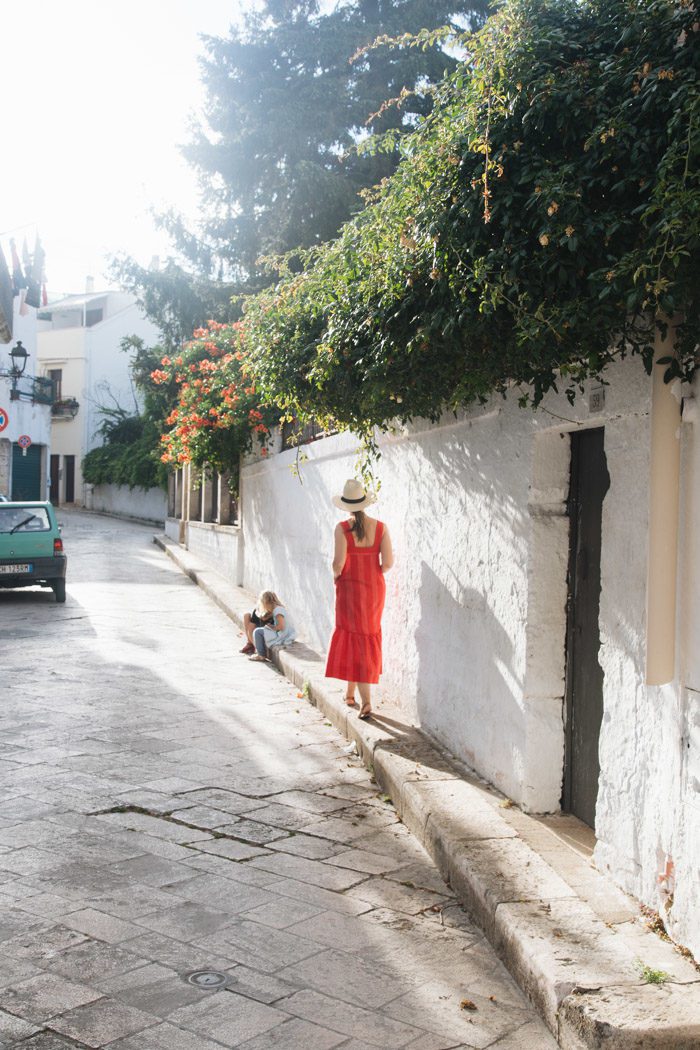
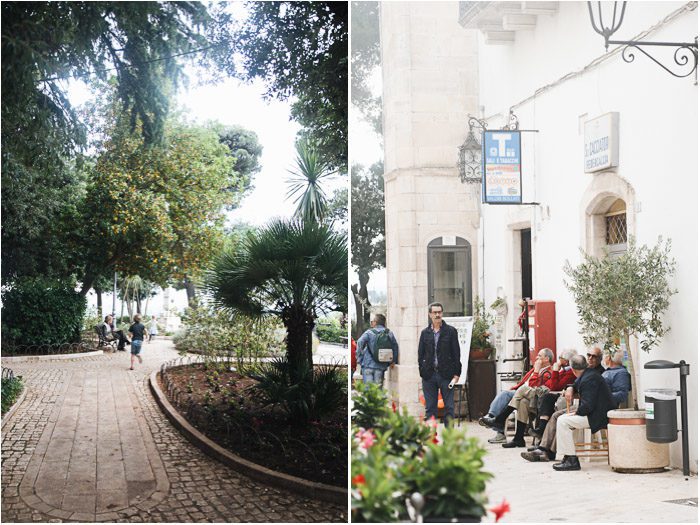
There are so many beautiful little hill towns in the area and it would have been nice to visit them all, but it does require some effort to navigate into each core and to find parking, etcetera, so we needed to limit ourselves to one.
We decided to stop in Locorotondo for the evening—along with Martina Franca, it was routinely mentioned to us as one of the most beautiful villages in the area—and is in fact officially on the Borghi più belli d’Italia (most beautiful in Italy) list.
Locorotondo’s tiny historic center sits on a hill with lovely views. Its picturesque white-washed centro strorico and dry, lightly sparkling white wine seem to be its main attractions—it’s simply a pleasant place to pass some time. Also notable: they have a very nice tourist office and they can give suggestions on specialty tours, like cheesemakers to visit.
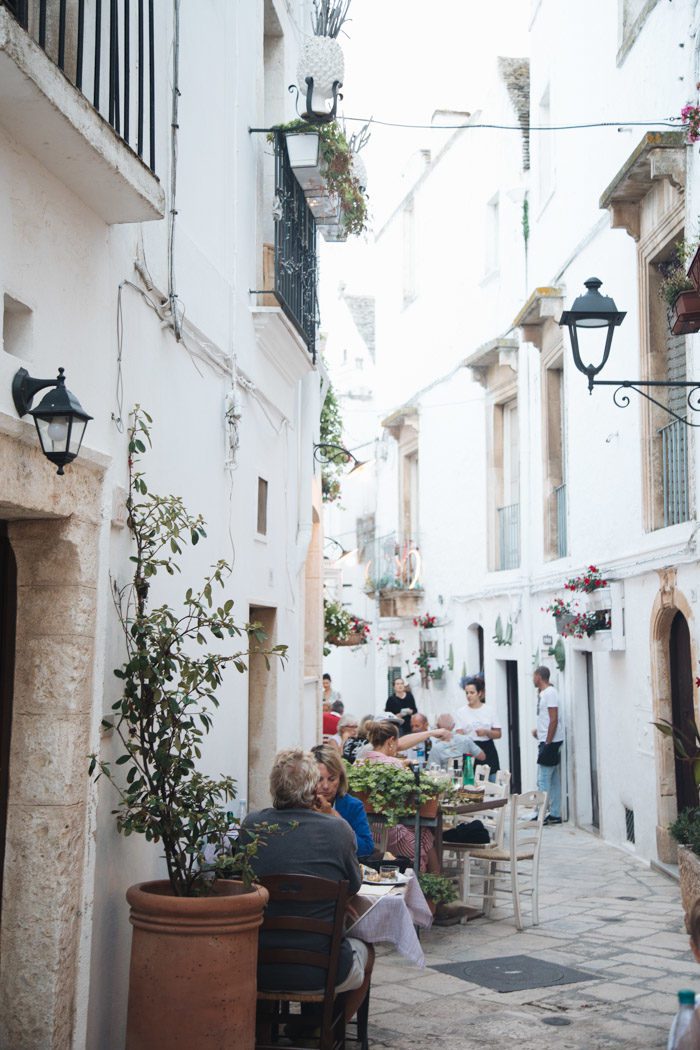
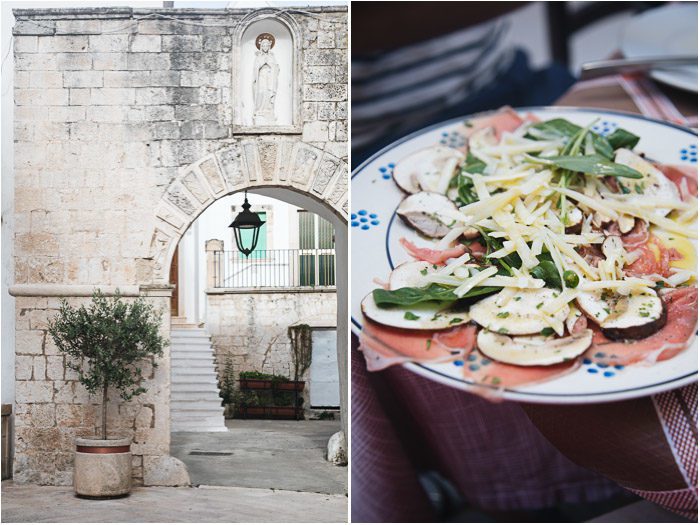
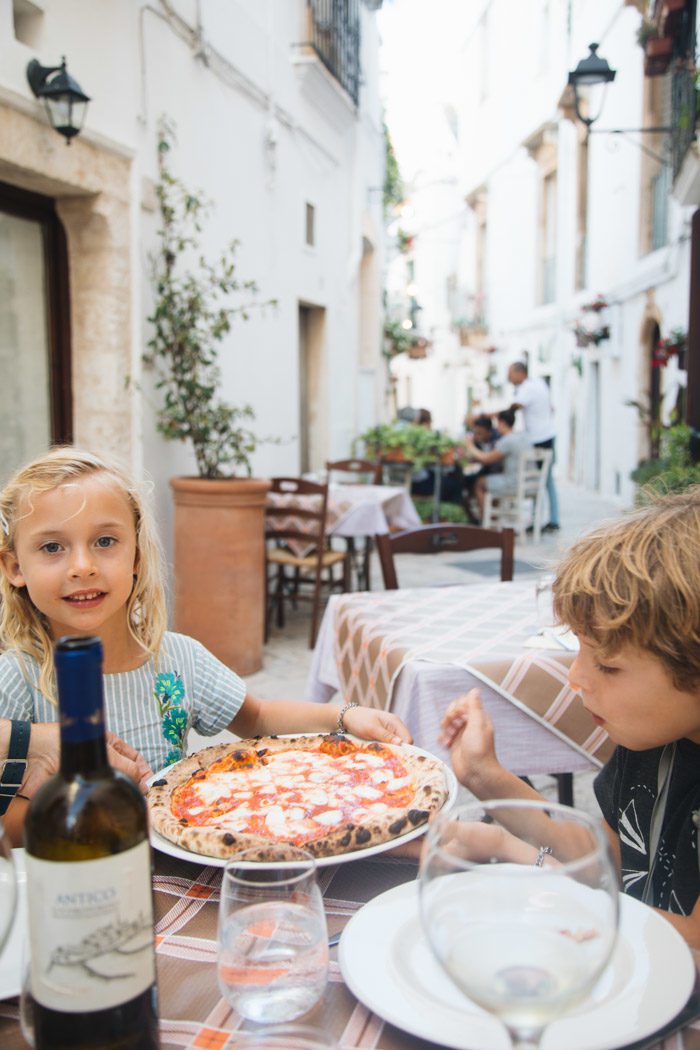
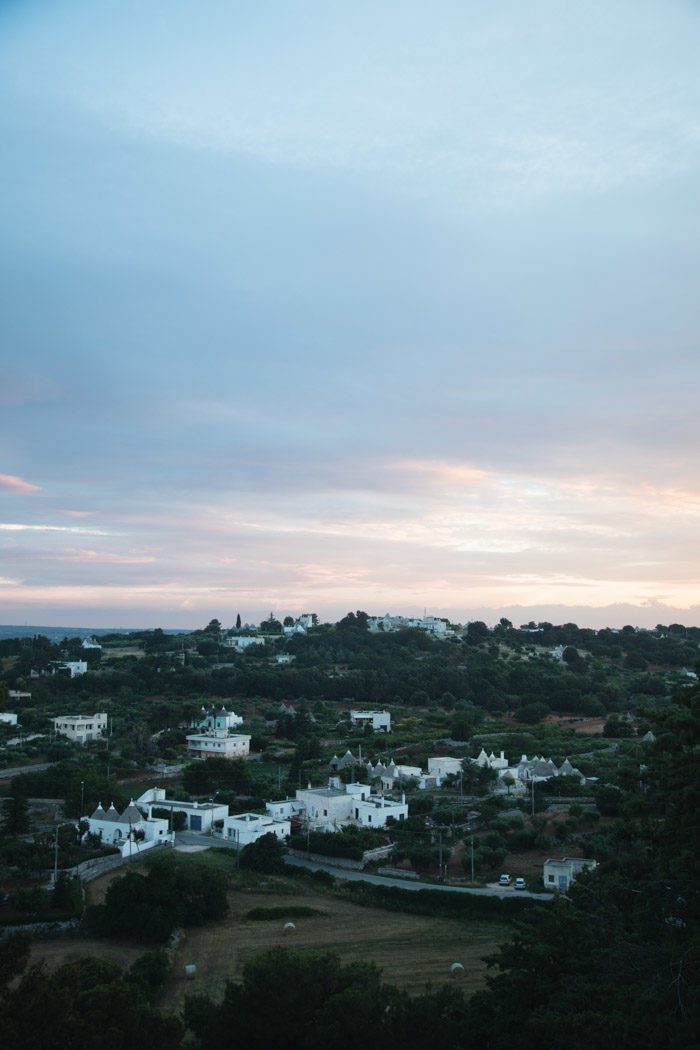
We found a beautiful little alleyway, Via Morelli, crowed with tables, and sat down for an early pizza dinner before watching the sun set from Villa Communale, a little park at the top of the hill.
(Not pictured: typical sibling antics and annoying misbehaviors that lead to a time-out in that same pretty little park.)

The next day was Father’s Day. I ran out to the coffee shop across from our apartment for pastries (flaky, ricotta-filled Sfogliatella, his favorite) and we did our best to give Aron a peaceful morning in Ostuni before setting off for Lecce.
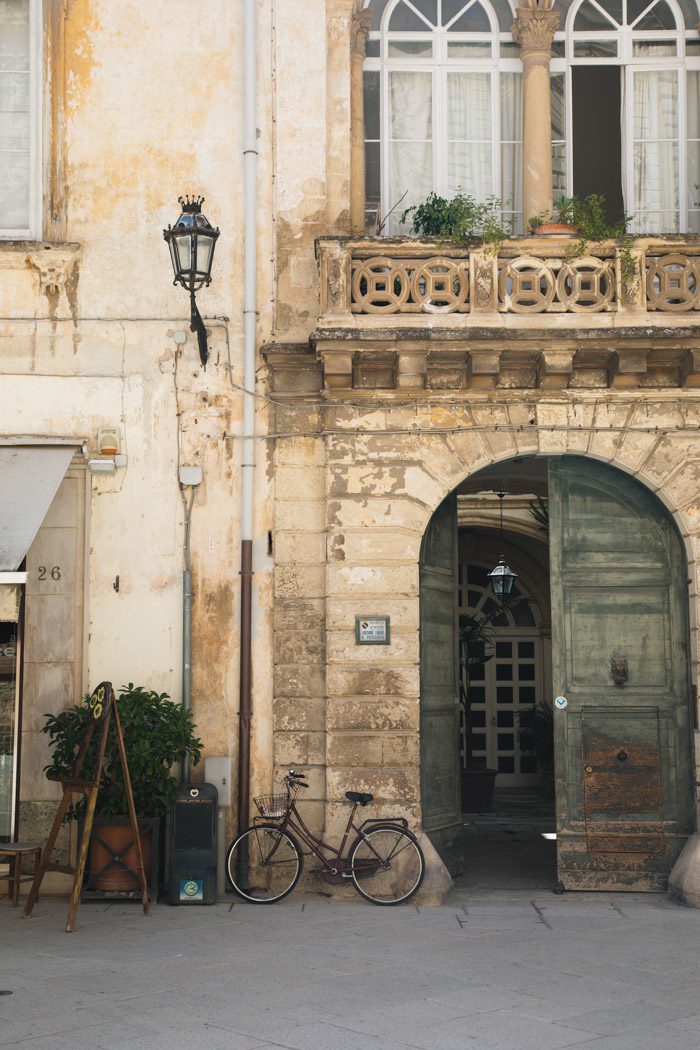
If you have read anything about Lecce, one of Puglia’s largest cities, I’m guessing you’ve heard it called “the Florence of the South.” That seemed to be its catchphrase, and I always wonder how great cities feel about these kinds of comparisons. I’m not sure it would have come to my mind unprompted, but it is known for its baroque architecture, with dozens of churches and at least as many noble palazzi built or renovated between 17th and 18th century.
We arrived on a Sunday morning and felt grateful that Egle, our host at Chez Moi Charme B&B, was available to let us in to drop our bags. She seemed to be just about the only one available in the city, however. Everyone was hiding or asleep and we had one of the quietest welcomes as we sought out a place to sit down for lunch. Siesta time in Puglia, I’d been told, is sacrosanct. Making too much noise between 1 and 4 p.m. can get you into trouble.

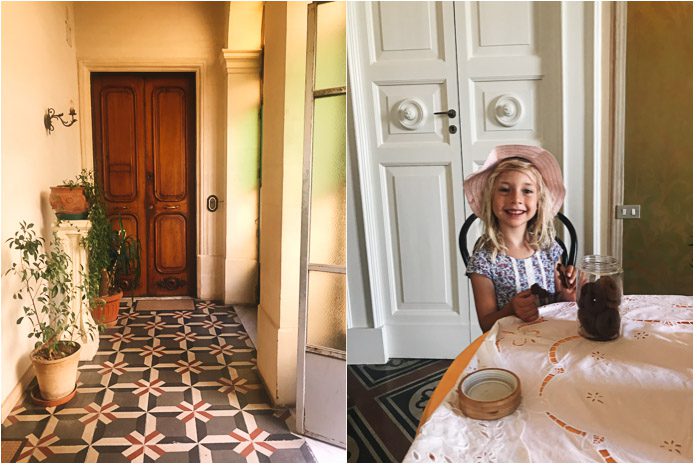
Our apartment was beautiful—we’d rented the self-catering apartment in a beautiful home, built in the early 1900s. Each of our rooms had high, vaulted ceilings, patterned-tile floors, and balconies. Another part of the house has been converted into three guest rooms with a large shared living room for breakfast. (Skyler was invited for cookies anytime Egle saw her and it made her so happy!)
With no sign that the city would be stirring any time soon, we decided to get back in the car and head for the coast again. Lecce is only about 4 miles inland.
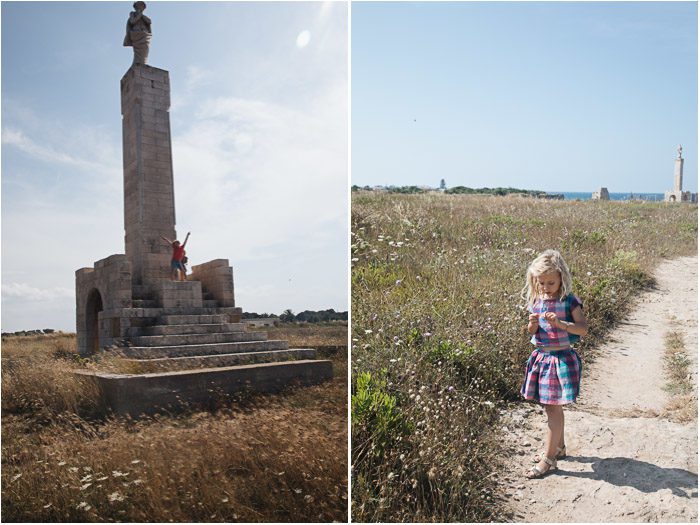
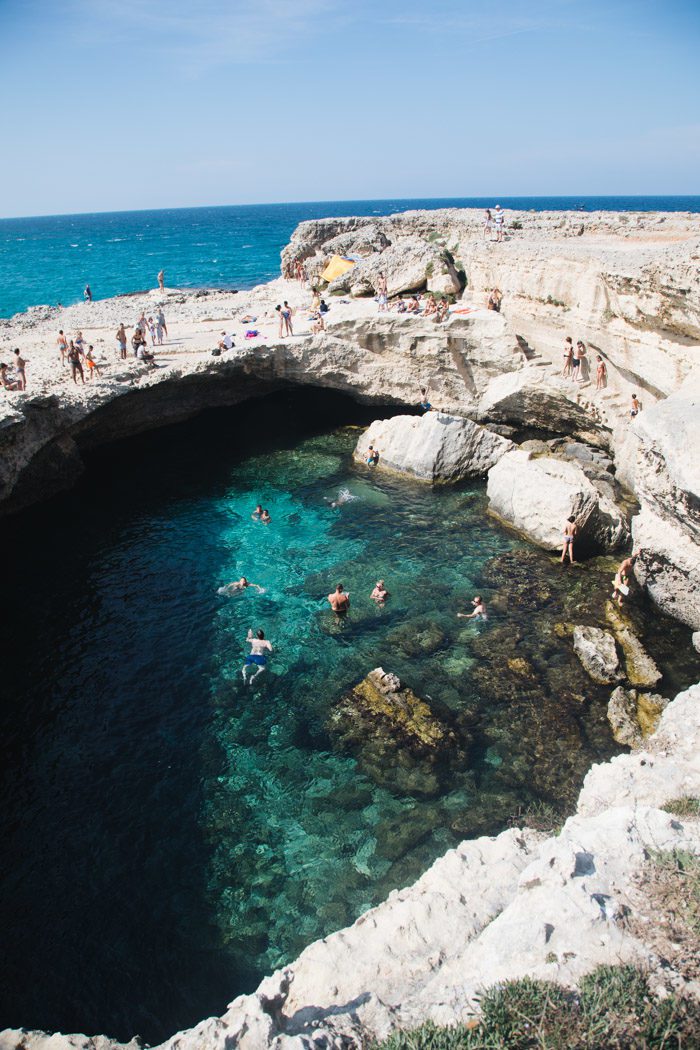
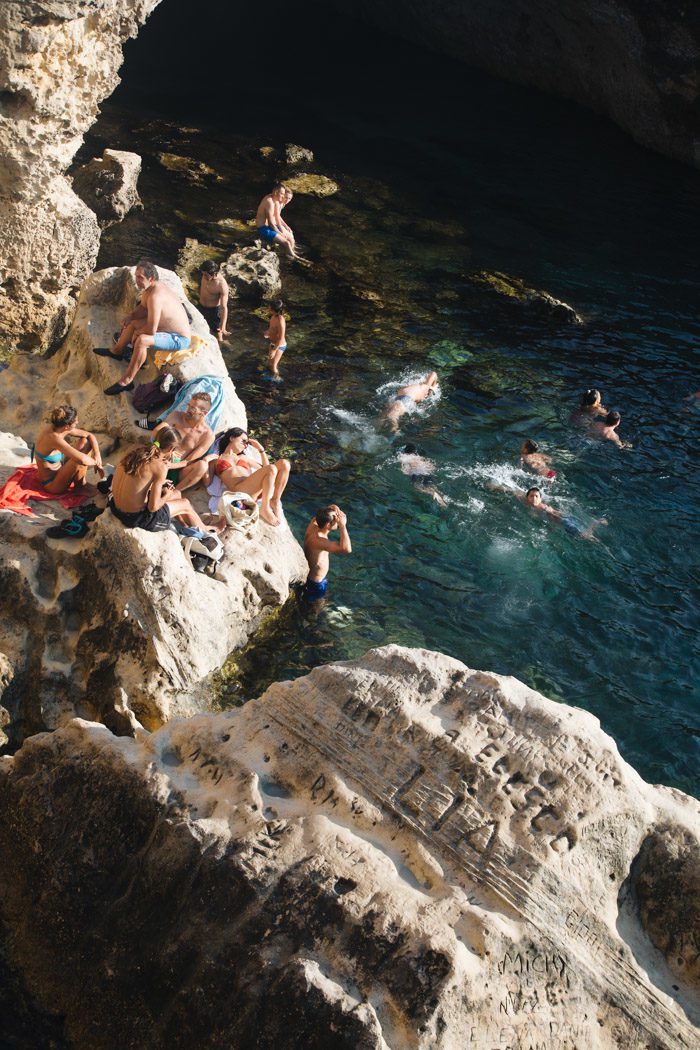
We drove to Roca Vecchia, where over the centuries water and air have formed two natural pools: the caves of the Poesia Grande and the Poesia Piccola are part of a karstic complex that winds through the rocks from the sea and joined others diving into the larger of the two, Grotta della Poesia (Cave of Poetry).
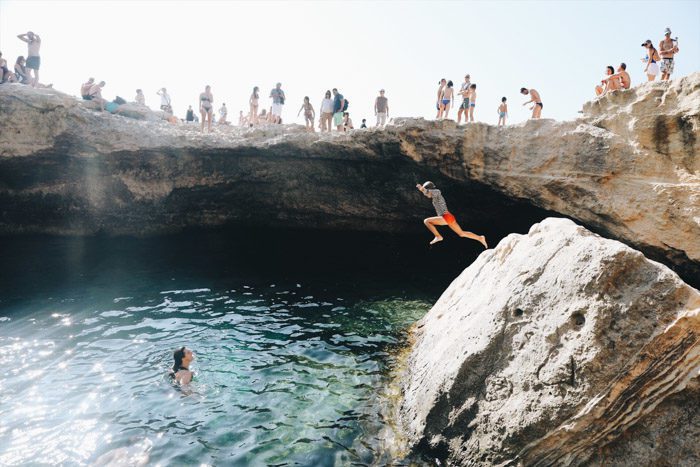
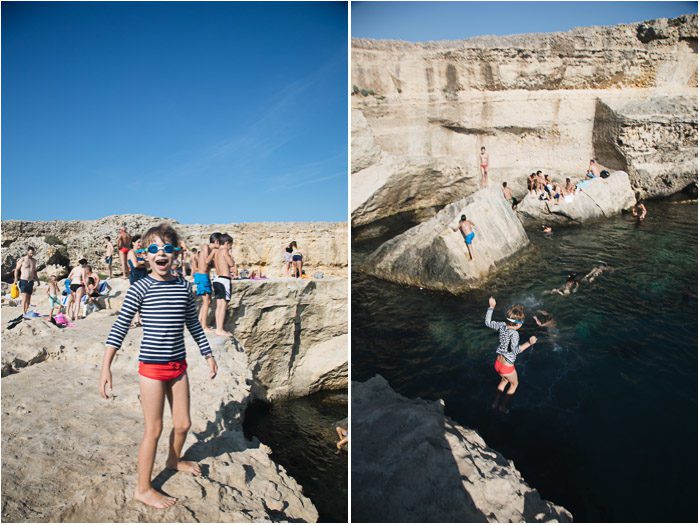
The sea itself was pretty rough—there was a strong onshore breeze during most of our visit—so the calm, clear swimming hole was the perfect place to be.
Hudson, as usual, was fearless—making the 15-foot jump that most adults would not brave (including yours truly). On the other hand, Skyler felt a fish brush her foot, and was outta there in a wild panic. She was far more content up on the rocks—where I would need to nervously watch her every move as she ambled about near ocean ledges. Thanks, darling.

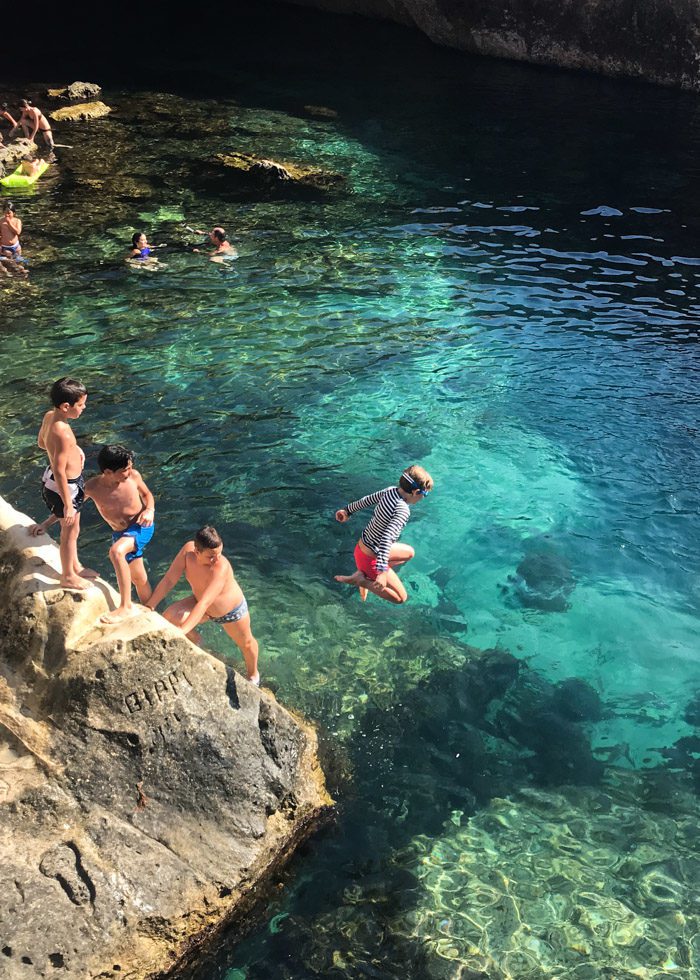
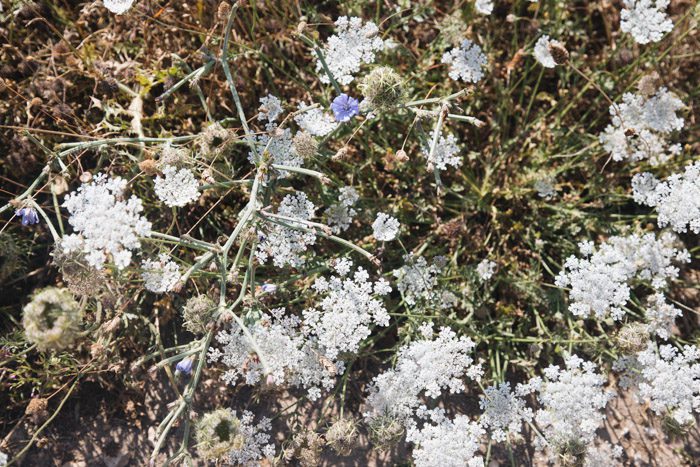
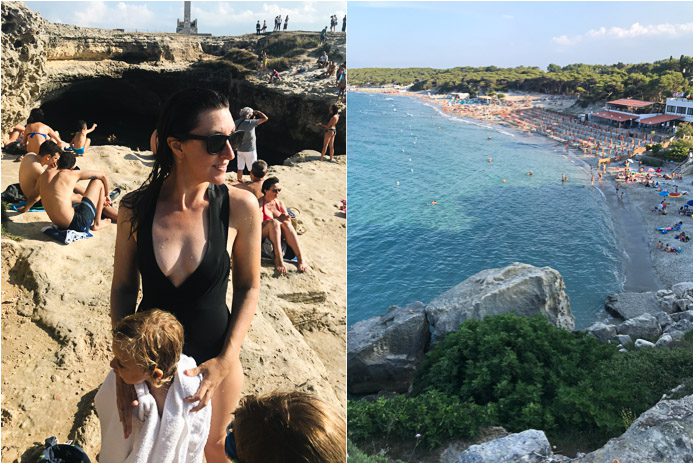
Roca is positioned in between San Foca and Torre dell’Orso, about 35 miles south of Brindisi. We drove to Torre Dell’Orso, a beautiful (but also crowded) beach resort for dinner and ice cream, and a short walk through forest for a view of Le Due Sorelle (rocks in the sea called the two sisters).
We drove back into Lecce at dark and hit bumper-to-bumper traffic in the roads ringing the old town—which made finding a parking spot especially challenging. When we finally scored one that would be free until 8am, we carried two very heavy, sleeping babes into bed.
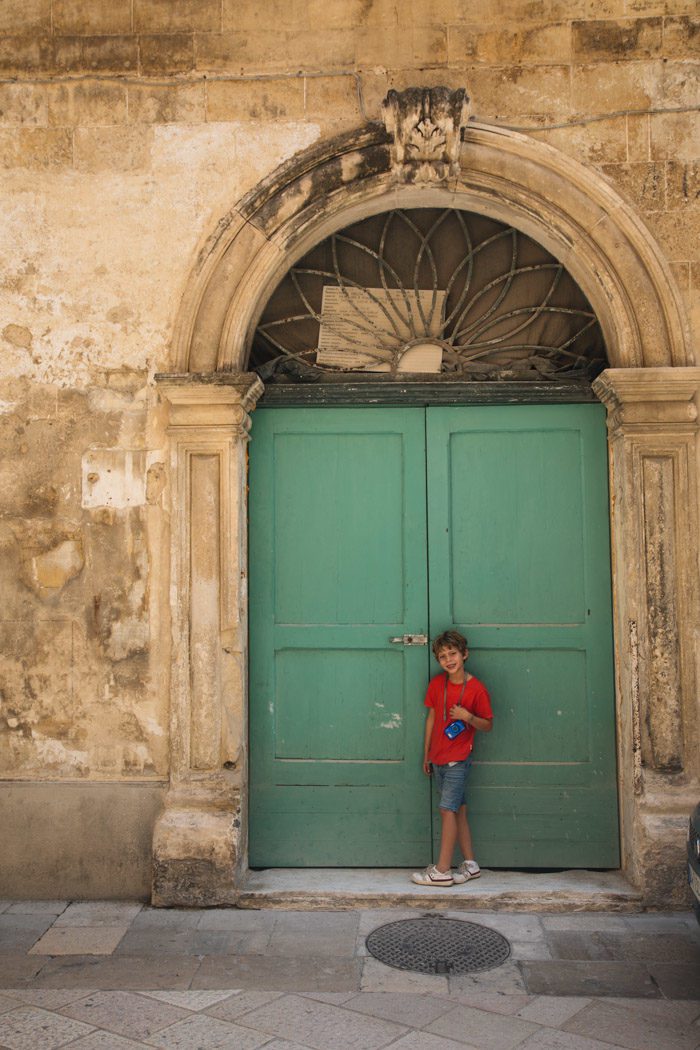
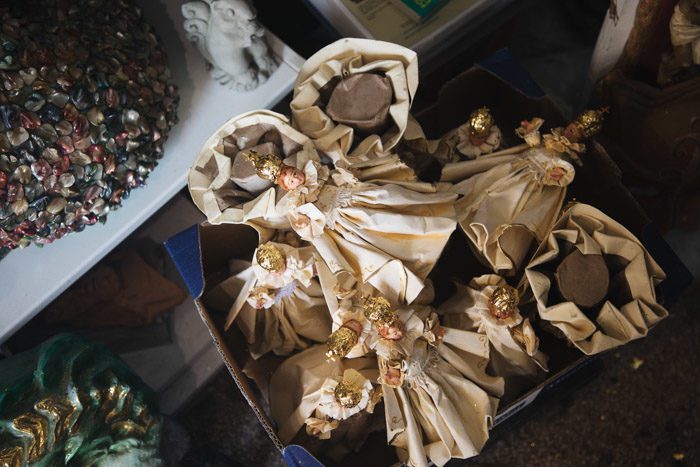
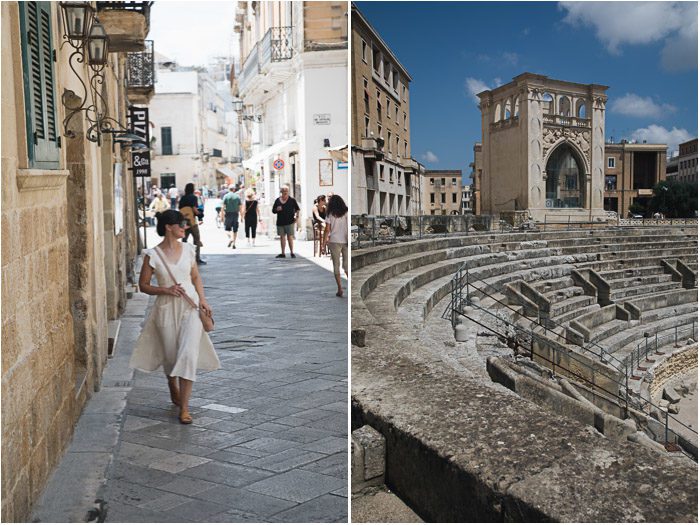
I confess that Lecce probably didn’t get the attention from us that it deserved. It still makes me feel a bit guilty, because so many people had told us of their fondness for it. But after a few days of swimming, our appetite had been whetted for the sea and we all had a hard time getting back into urban tourist mode—the sun was intense and the city still seemed asleep for the better part of Monday. Later I noticed the hours on a toy store in town were 5:30-9:30pm on Sundays and Mondays, so that gives you a sense of it.
Nearby Brindisi was the terminus of the Roman road Via Appia, the gateway to Greece and the Near East, and one of the columns that marked it stands in the Piazza Sant’Oronzo beside a 2nd-century-AD Roman amphitheater. Construction workers discovered it in 1901 and excavated it in the 1930s, but there’s more under buildings that will never be unearthed.
P.S. Anytime you see a photo of Hudson standing alone, he’s probably about to start doing a dance called “the floss.” So much flossing.

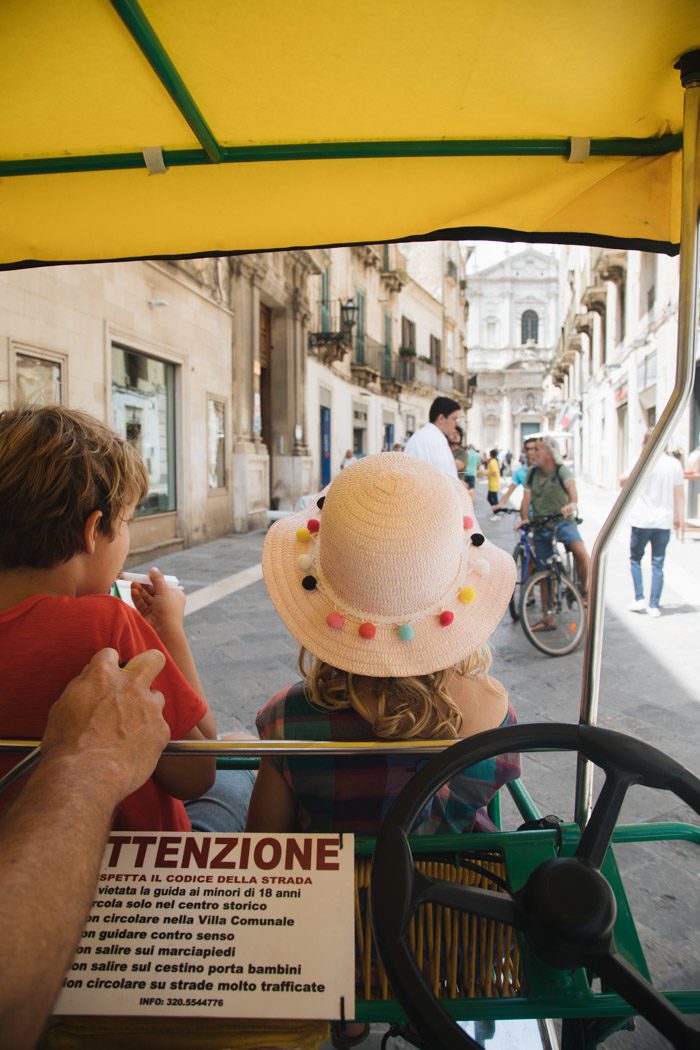
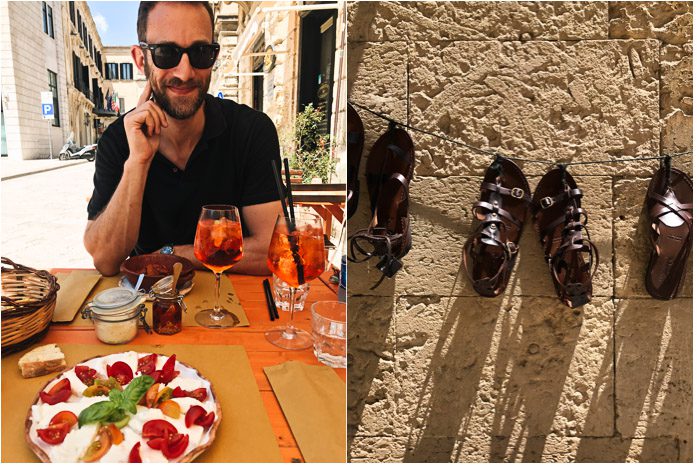
With little feet starting to drag, we decided to rent one of the pedi-cabs from a vendor in the Piazza and cruise around. It turned out to be just the pick-me-up everyone needed. Hudson recorded a video on his camera describing the joy of peddling it himself.
The streets of the centro storico are enclosed by the three ancient gates to the city: Porta Rudiae , Porta San Biagio and Porta Napoli, and biking is a popular way to get around (though typically on ones more nimble and narrow).
As we criss-crossed through town, we stopped occasionally to sample Taralli being handed out in front of food shops: Small and circular, little crackers made both savory—made with flavors like fennel, black peppercorns or poppy seeds—and sweet, with white wine and sugar, before returning our bicycle to cool off over lunch. I didn’t let a day pass without fresh mozzarella or burrata from there on out.
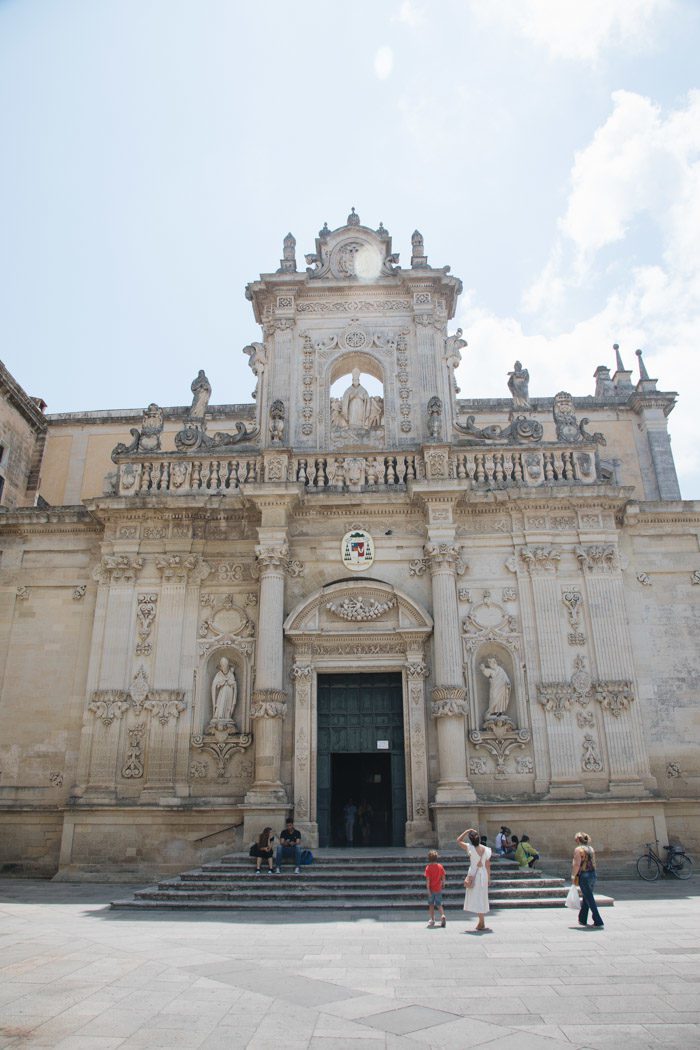
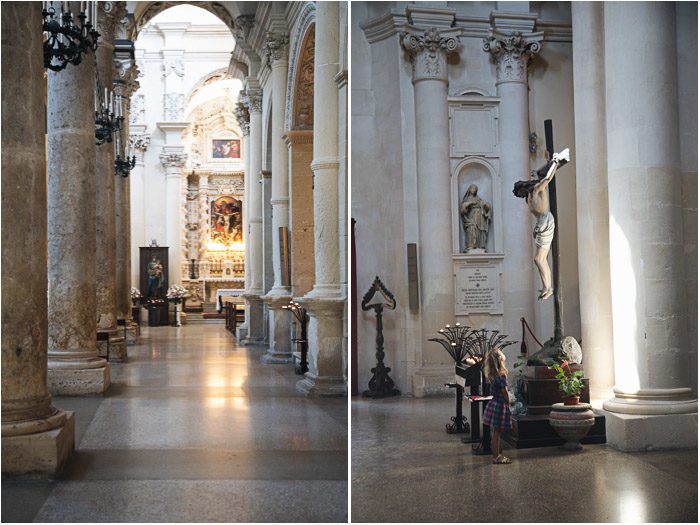
We visited many of the city’s churches—there are over 40, or, as our host said “too many churches”—taking in ornate ceilings and fantastical carvings. The Lecce stone is so soft and crumbly enough that stonemasons were able to design elaborate embroideries of religious stories, the most famous of which adorn the façade of the Basilica of Santa Croce—an explosion of bas-reliefs and sculptures.
Besides its barocco leccese style, the city is famous for its papier-mâché or cartapesta craft, that spread around the region during the seventeenth and eighteenth centuries, with a rich production of statues and statuettes to adorn religious buildings. Not having access to the preferred (and more expensive) materials, e.g., marble and bronze, or the tools to work with them, artisans were compelled to find a new method to keep up with the demand for lavish decoration and cartapesta was the perfect solution. One church, Chiesa di Santa Chiara, has a papier-mâché ceiling! There’s a Museo della Cartapesta in town and you’ll see a few shops with artisans at work.
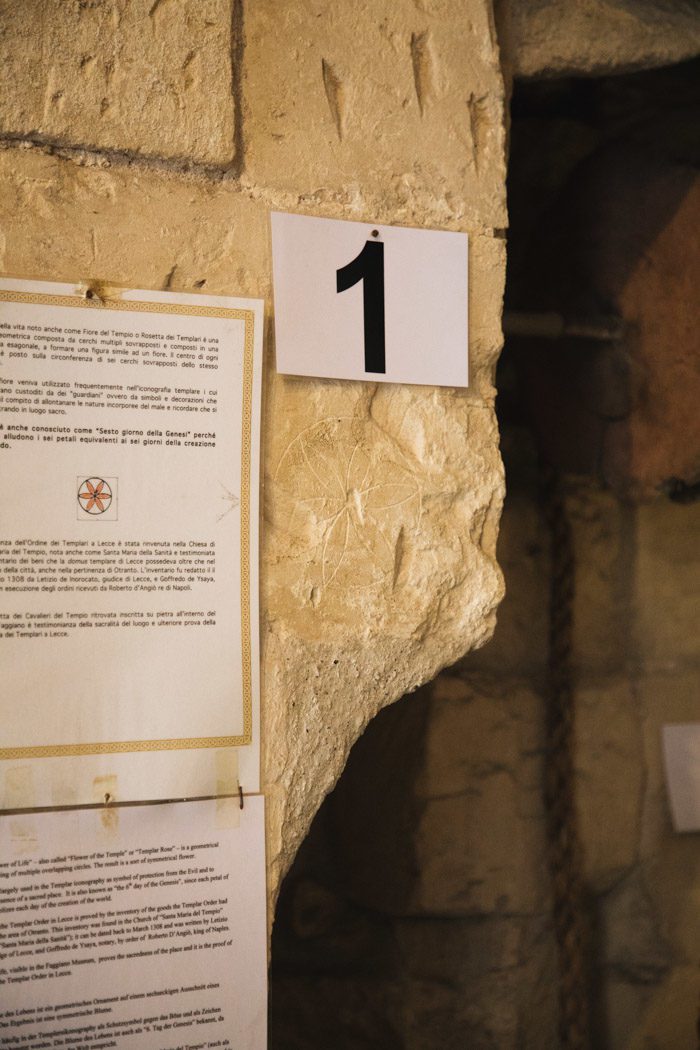
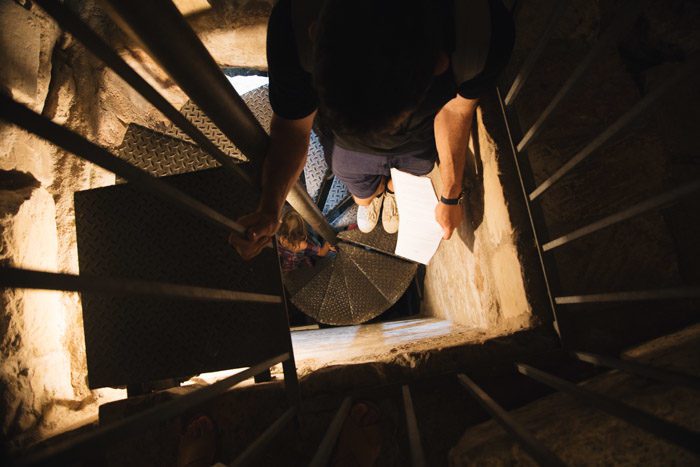
The highlight of the morning for me was our stop into Museo Faggiano, a private home turned museum. The family hoped to turn a residential building into a restaurant and, when they went to fix a pipe, discovered layers and layers of history under their floor.
This 2015 New York Times article details the whole history: “His search for a sewage pipe, which began in 2000, became one family’s tale of obsession and discovery. He found a subterranean world tracing back before the birth of Jesus: a Messapian tomb, a Roman granary, a Franciscan chapel and even etchings from the Knights Templar. His trattoria instead became a museum, where relics still turn up today.”
We spoke with one of the Faggiano family member who had helped with digging up the treasures discovered underfoot and he handed us a little numbered tour guide that worked like a scavenger hunt for Hudson and Skyler. It was incredible to see the layers of history all around us at any time.

Not pictured, but be sure to try a Lecce specialty called caffè in ghiaccio con latte di mandorla (espresso with ice and almond milk). Elsewhere we ordered it “caffè Leccese.”
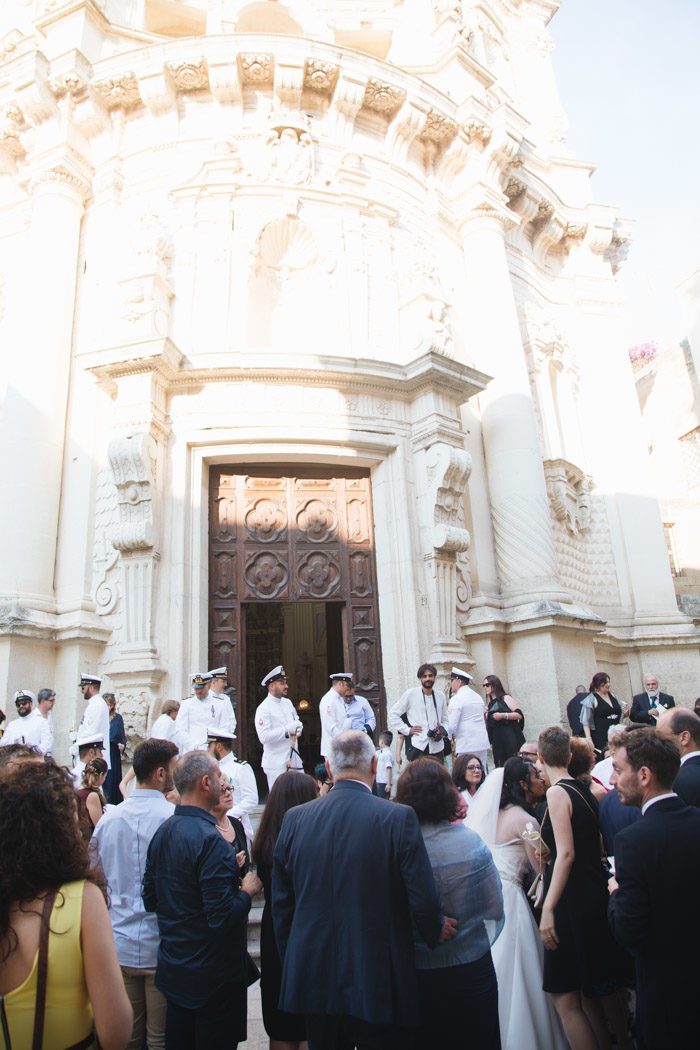
We saw a few weddings during our trip. Check out this video of Skyler expecting to join the receiving line and get a kiss from the bride.
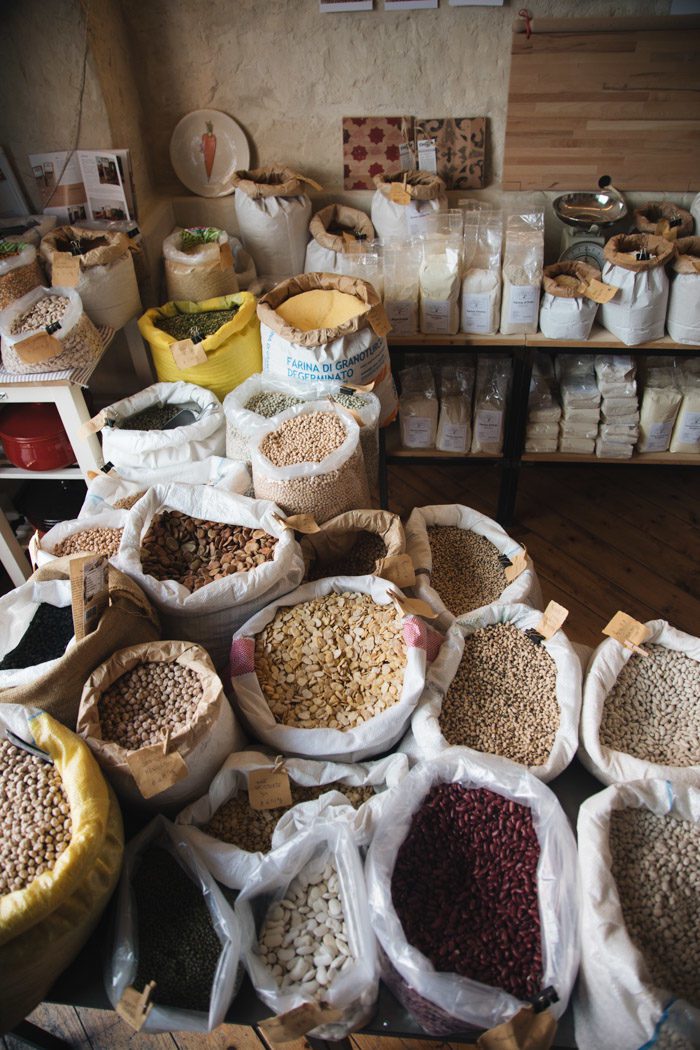
Our favorite shopping stop in Lecce was at a shop called La Dispensa, which was full of local products. We bought aged ricotta, olive oil, coffee, pastries… it was hard to stop. Such a pretty shop! I wish I could say I had a chance to do more shopping—Lecce is a large university town, and there’s a great variety of stores.
In terms of restaurants, we were given many recommendations from our host and I’d collected some from other sources, too.
Bar/Bakeries/Antipasti: Bar Alvino (pastries); 00-Doppiozero (lunch of cured meats and cheeses); Shui; QB-Quanto Basta; Cream
Restaurants: Osteria Da Angiulino (Local specialties); Alle due Corti; La Zie (most frequently recommended—reserve!); Trattoria di Nonna Tetti
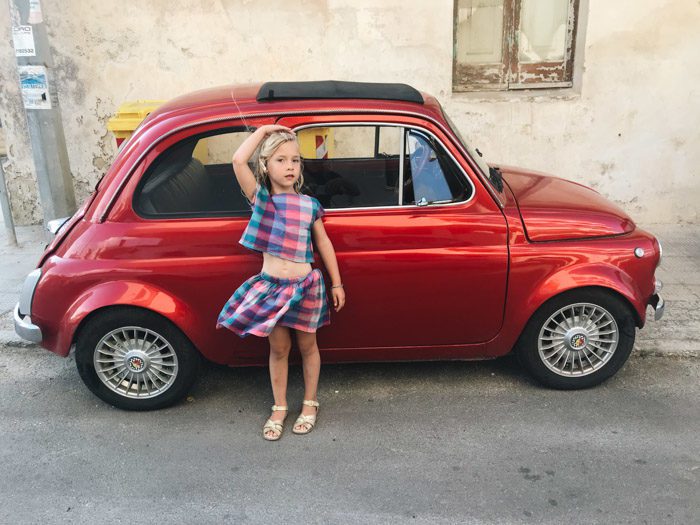

Phew! That was a long one… I’m amazed if you stuck it through. And yet, we were just getting started in Puglia. The southern half, the Salento, was still to come.
Have you been to Puglia? Any tips for Lecce or the Valle d’Itria to add?
Next up: The Salento.
Previously: Rome; Matera and Herculaneum
Also from Italy: Sardinia, Tuscany, Positano and the Amalfi Coast, Rome, where to shop in Venice, and our first trip together to Italy, with stops in Venice, Cinque Terre, and Florence. Also, some thoughts on travel (in Italy and beyond) with kids.


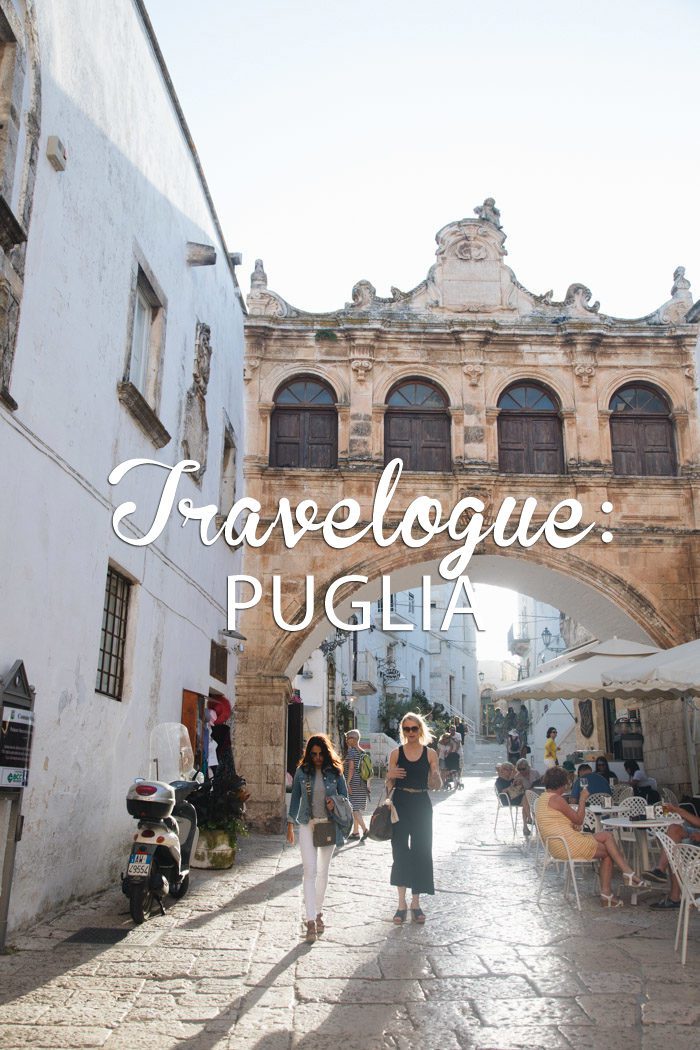
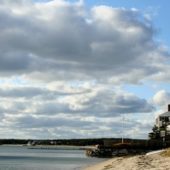
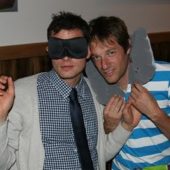

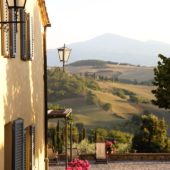











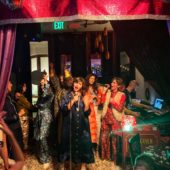
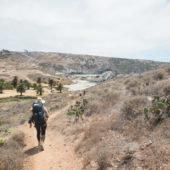


















18 Comments